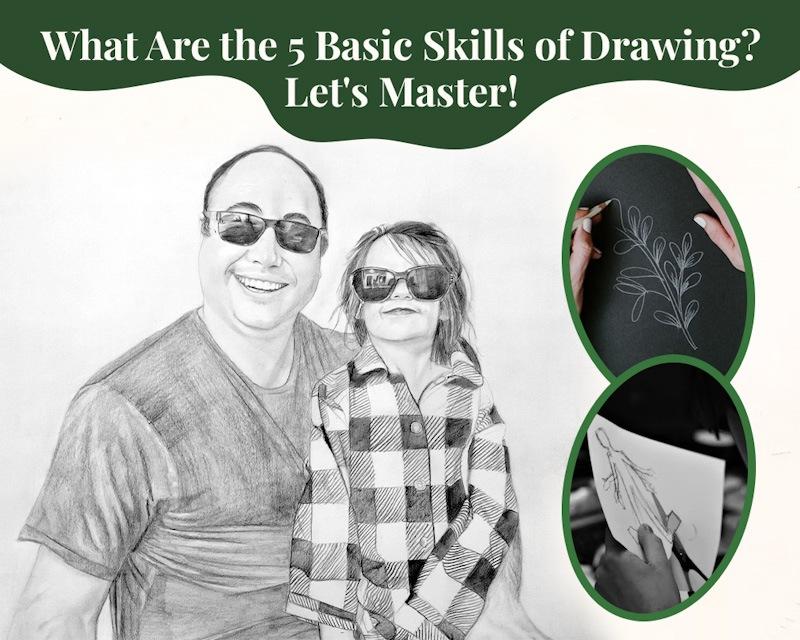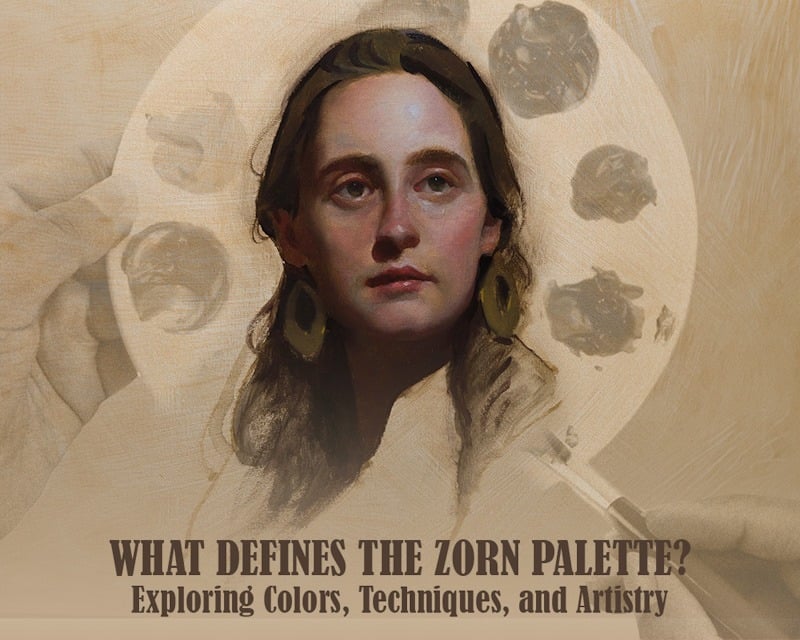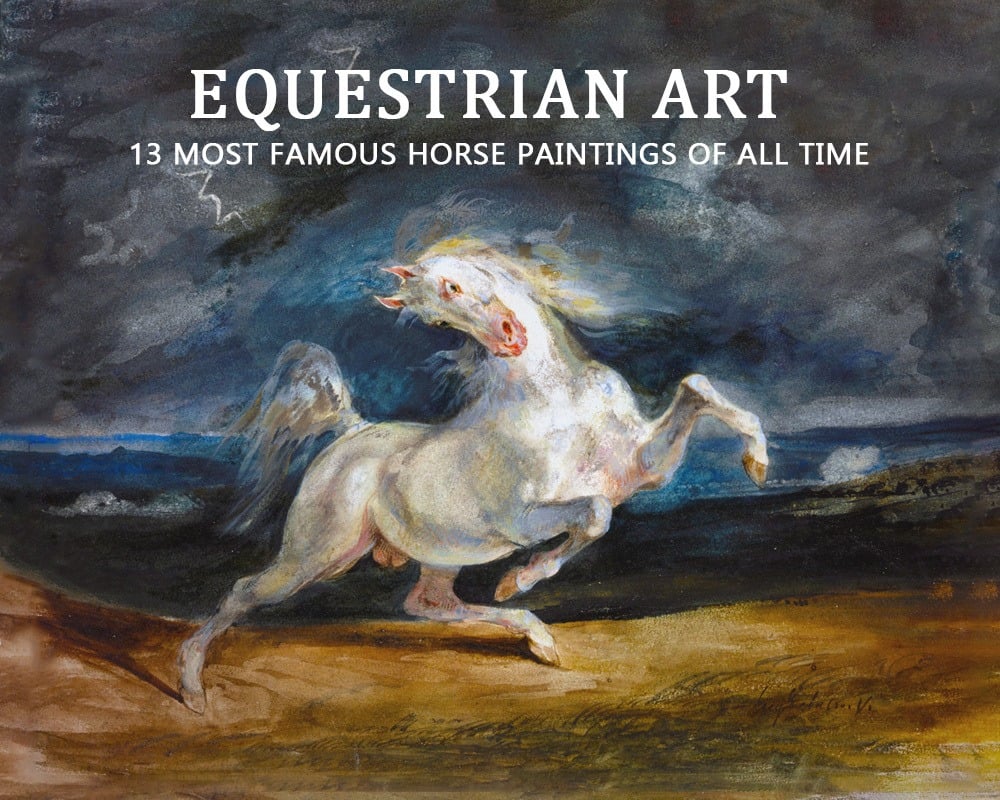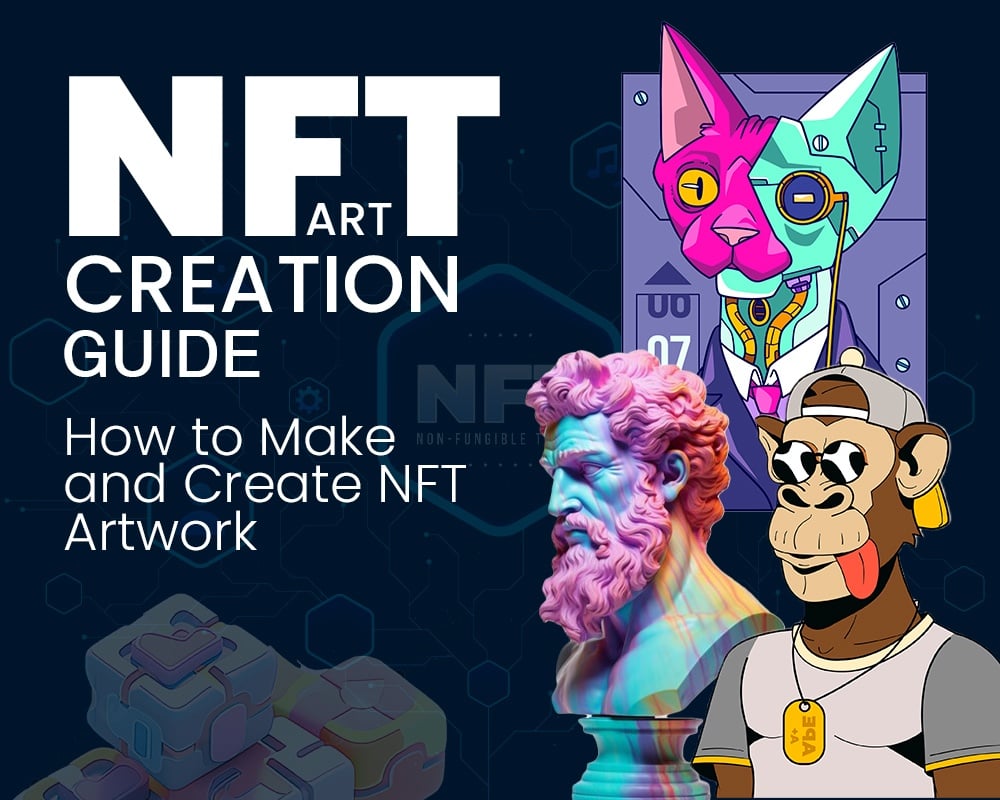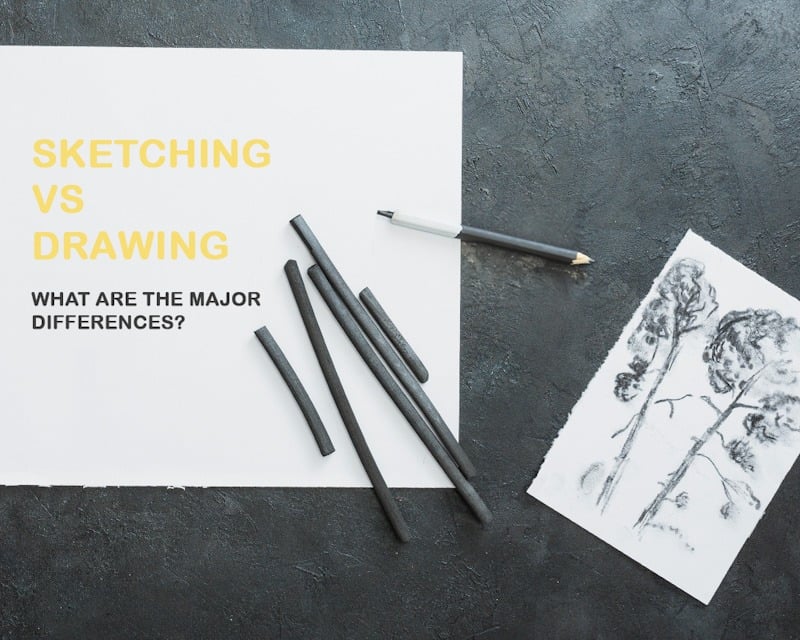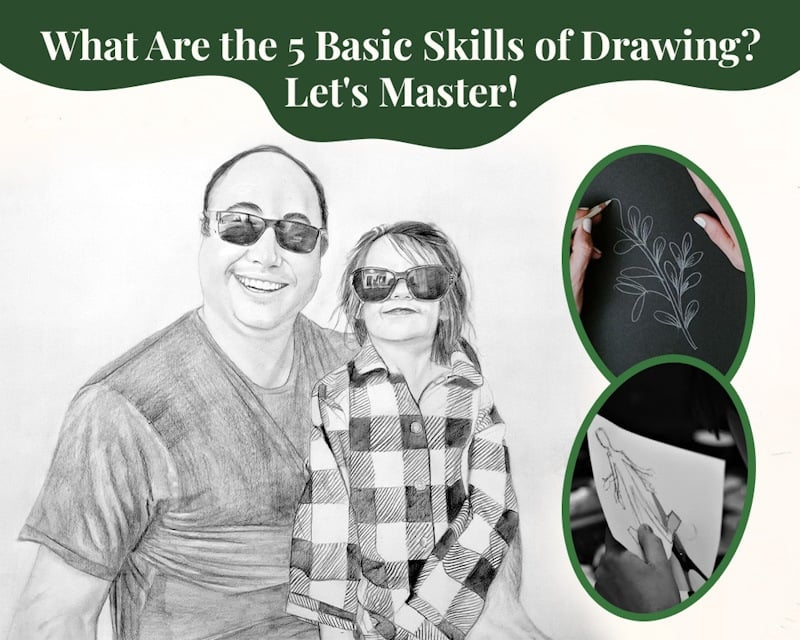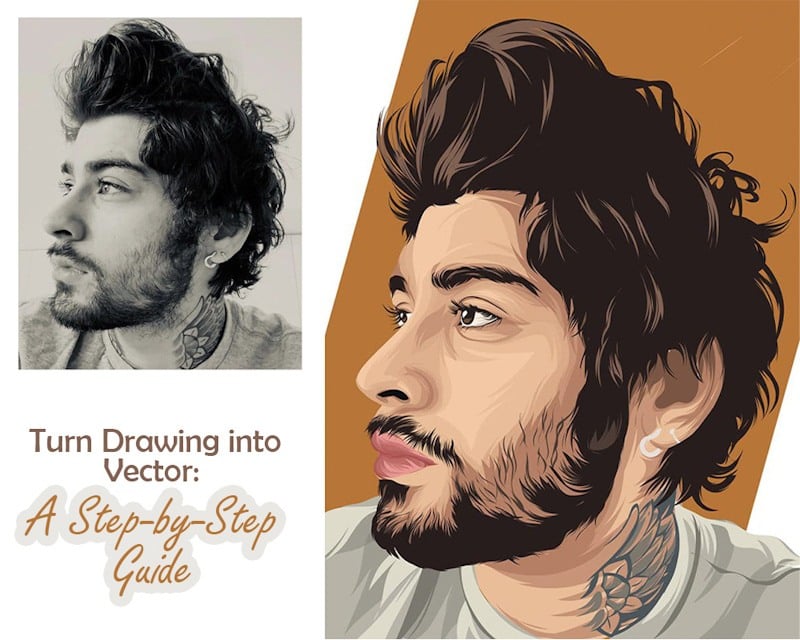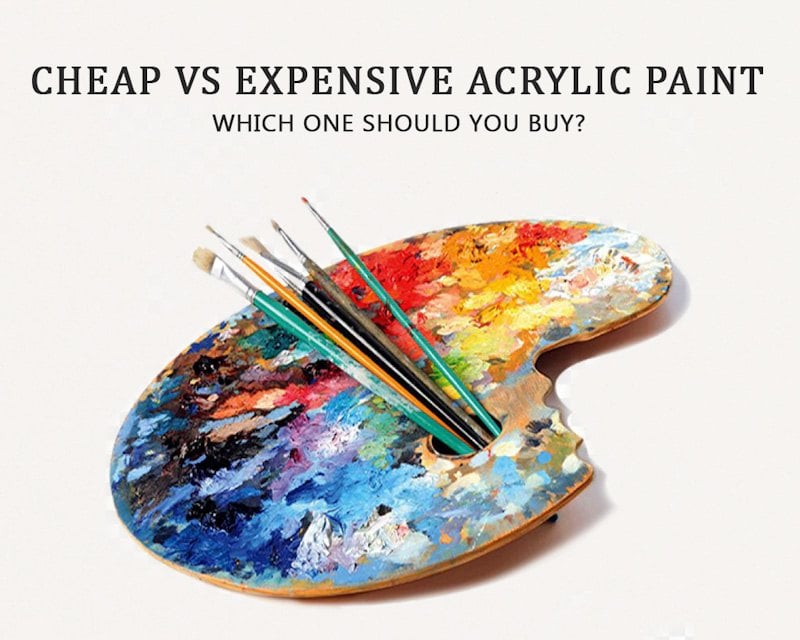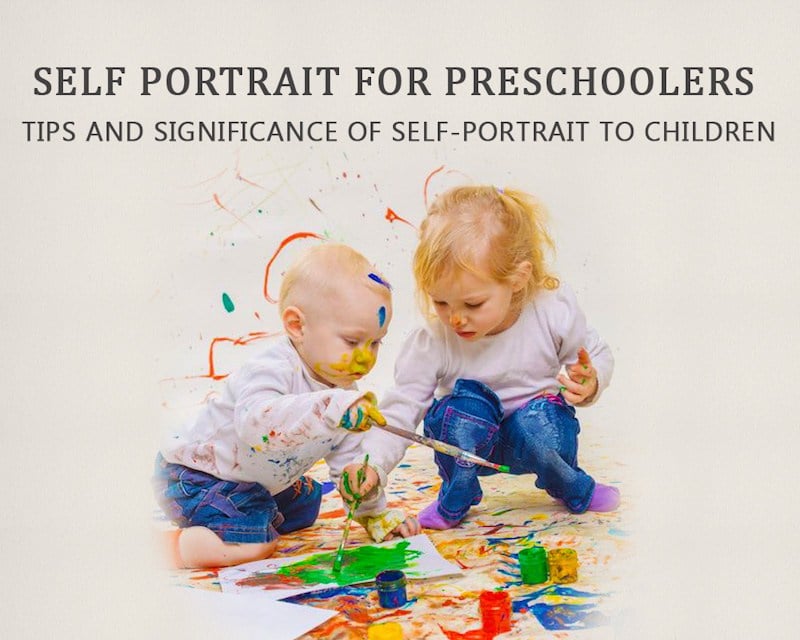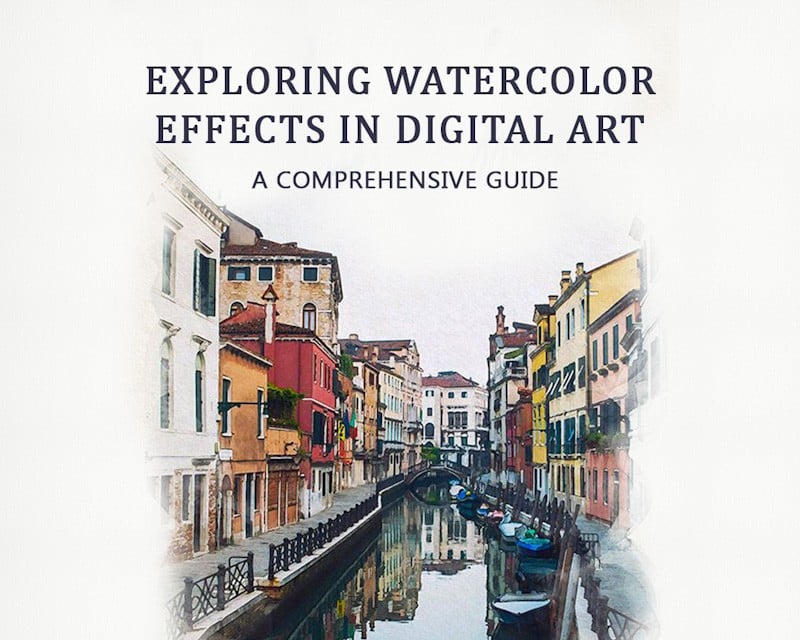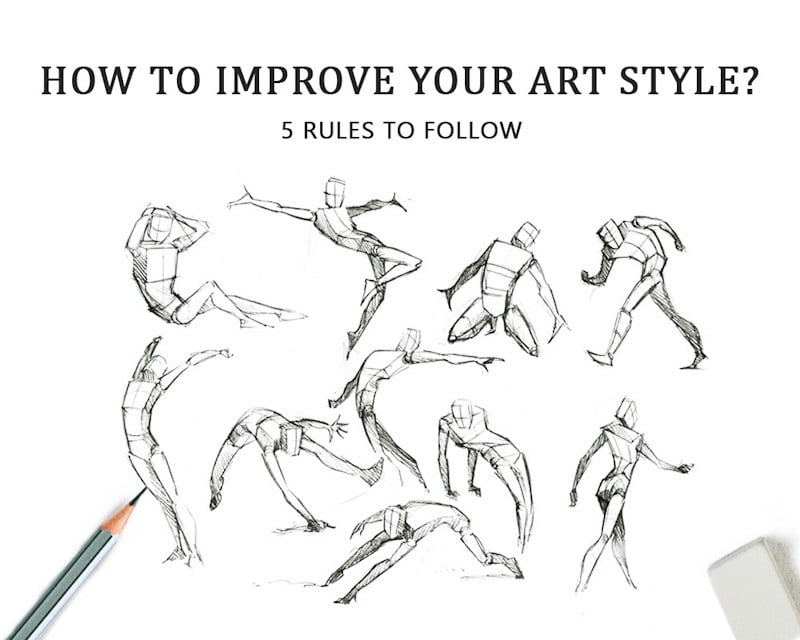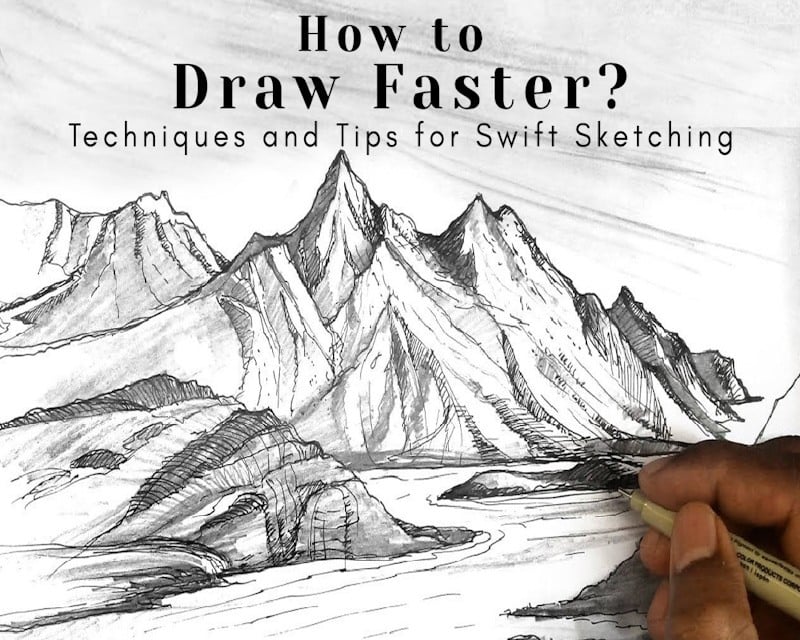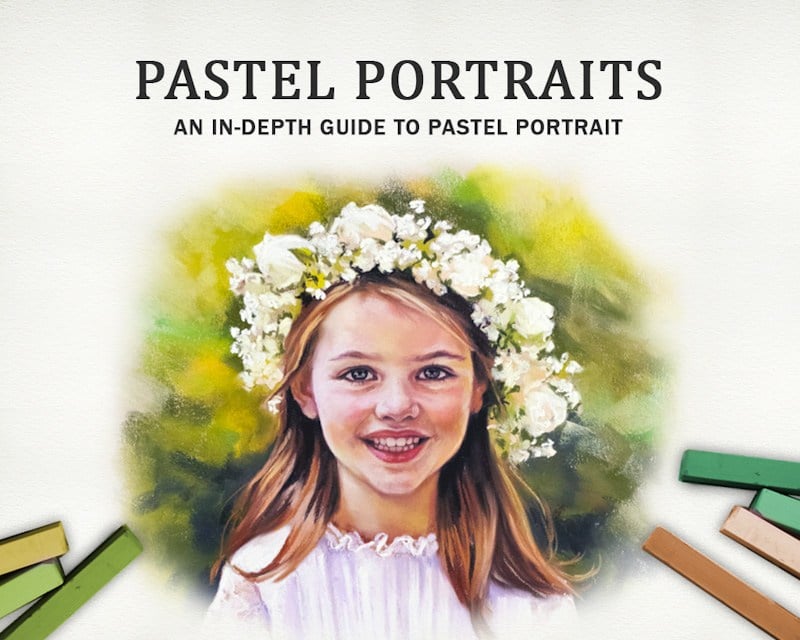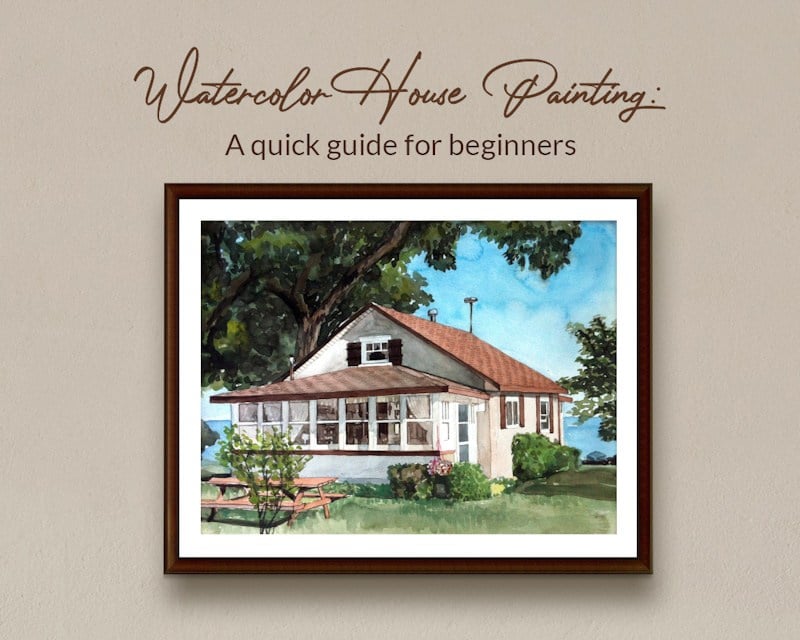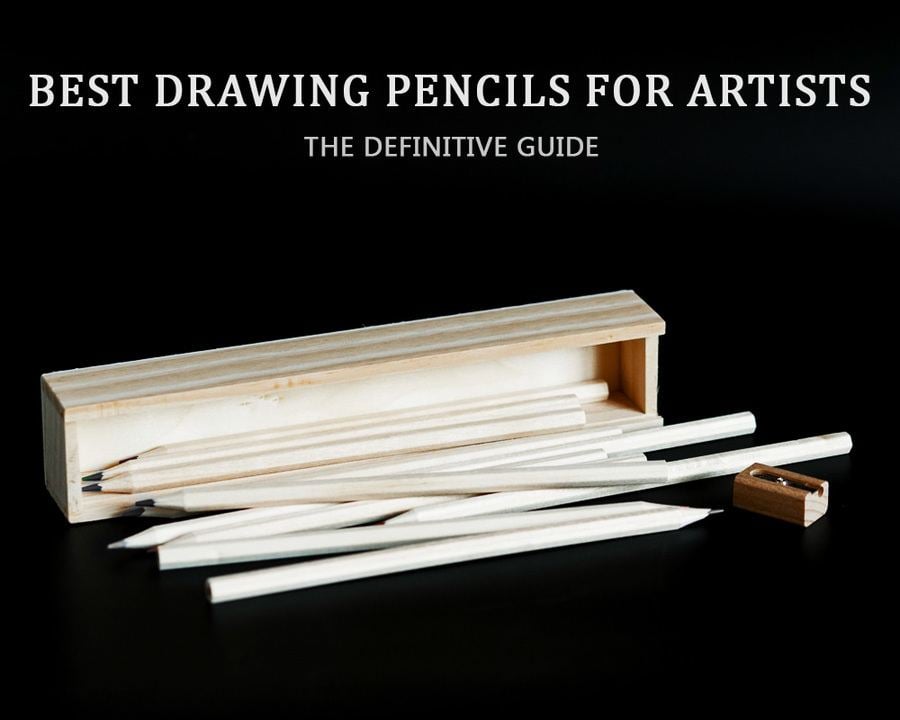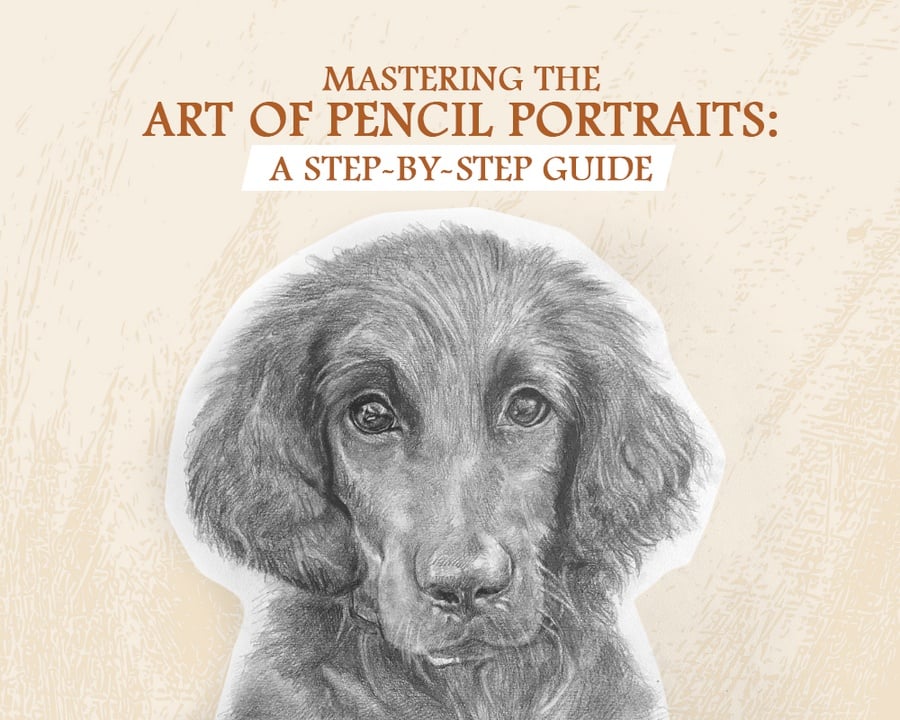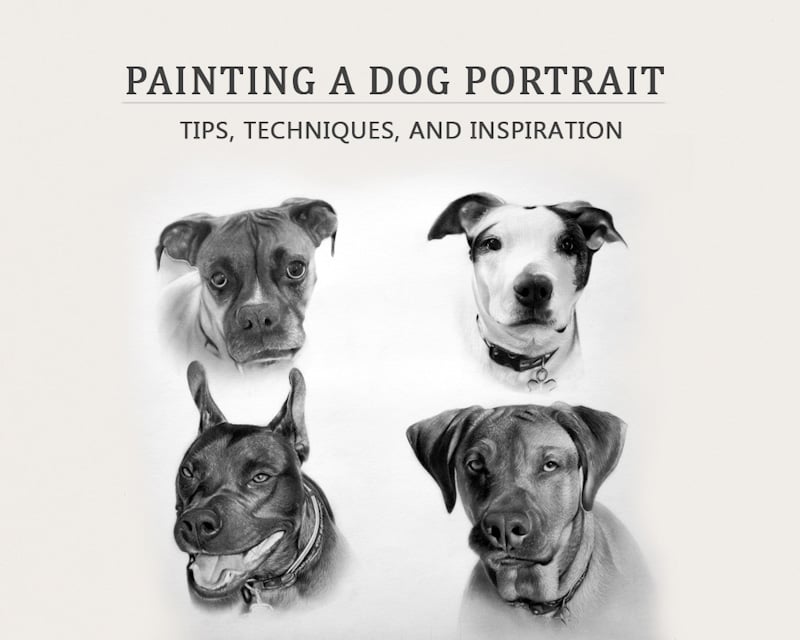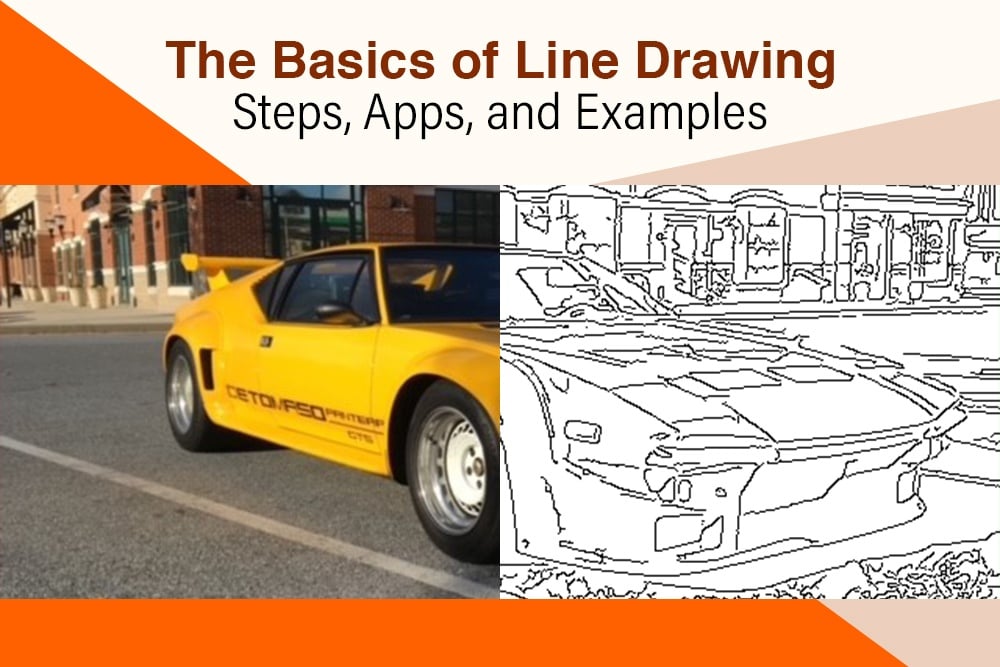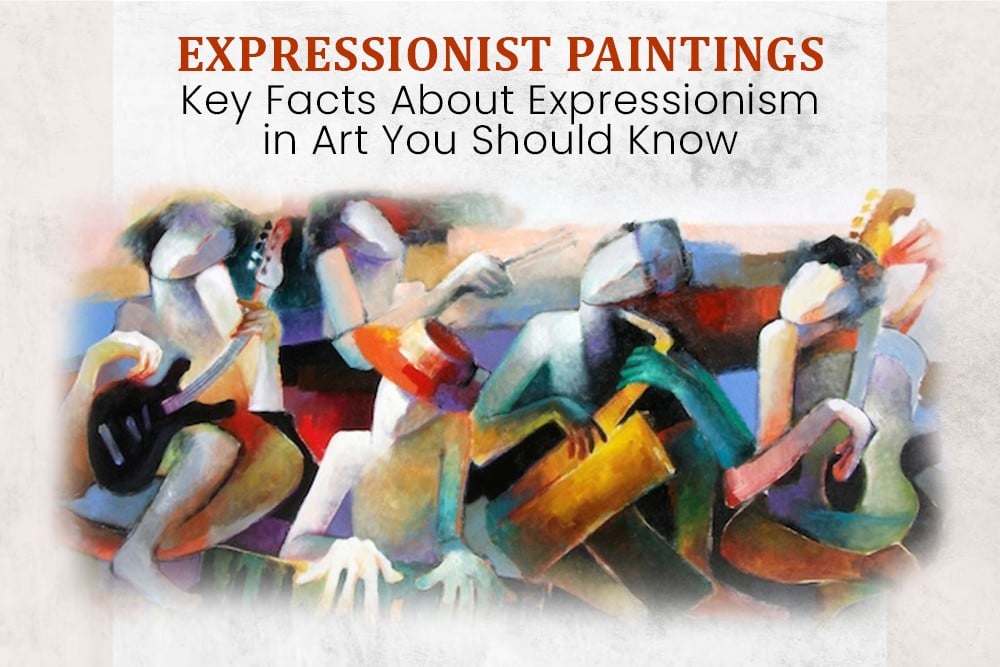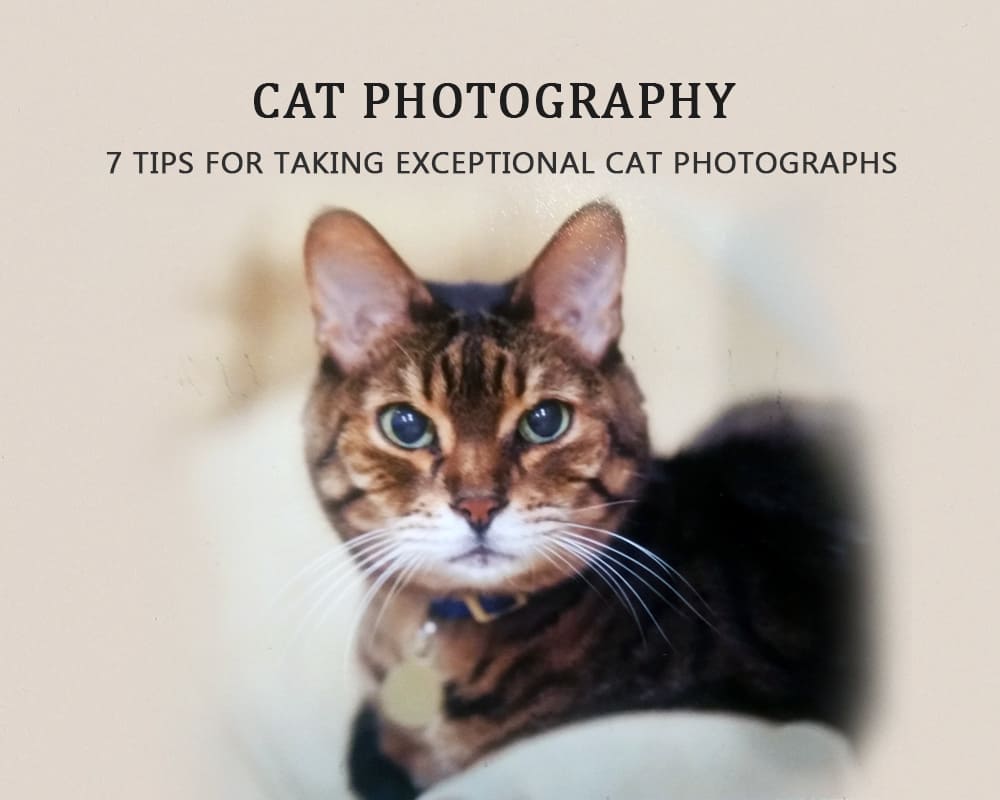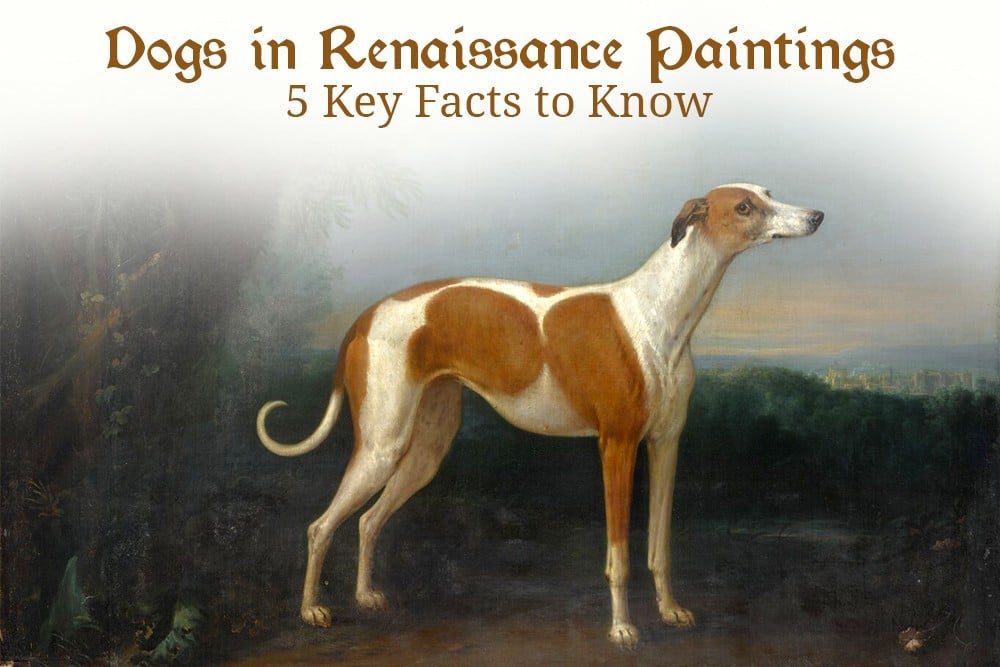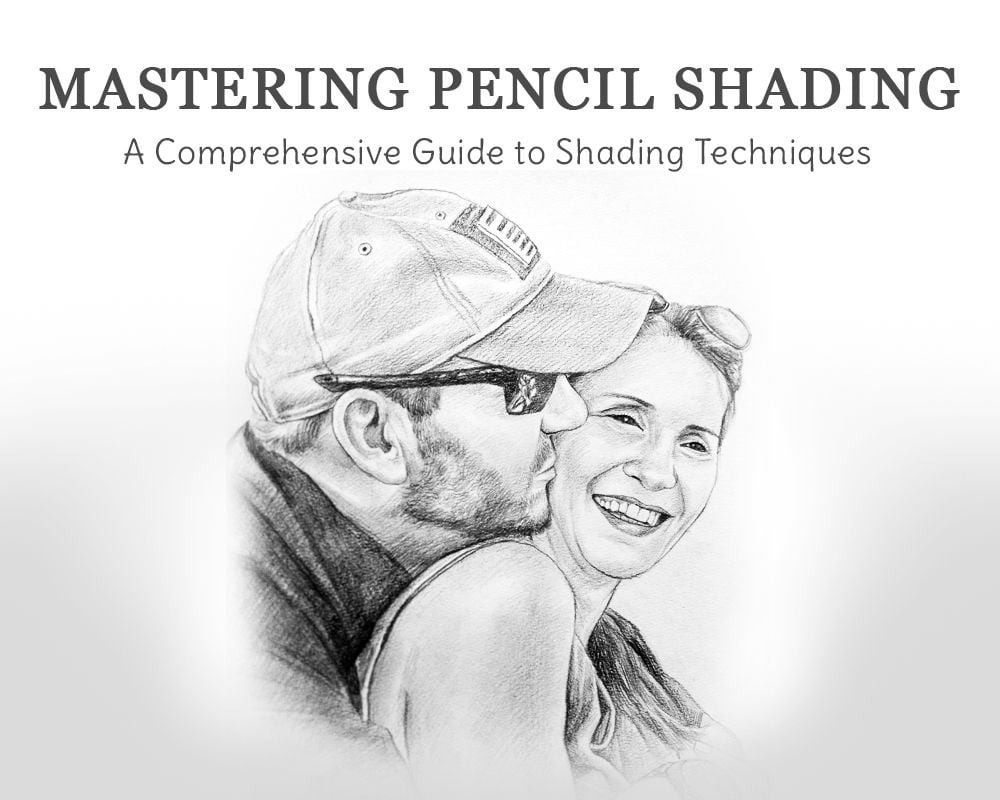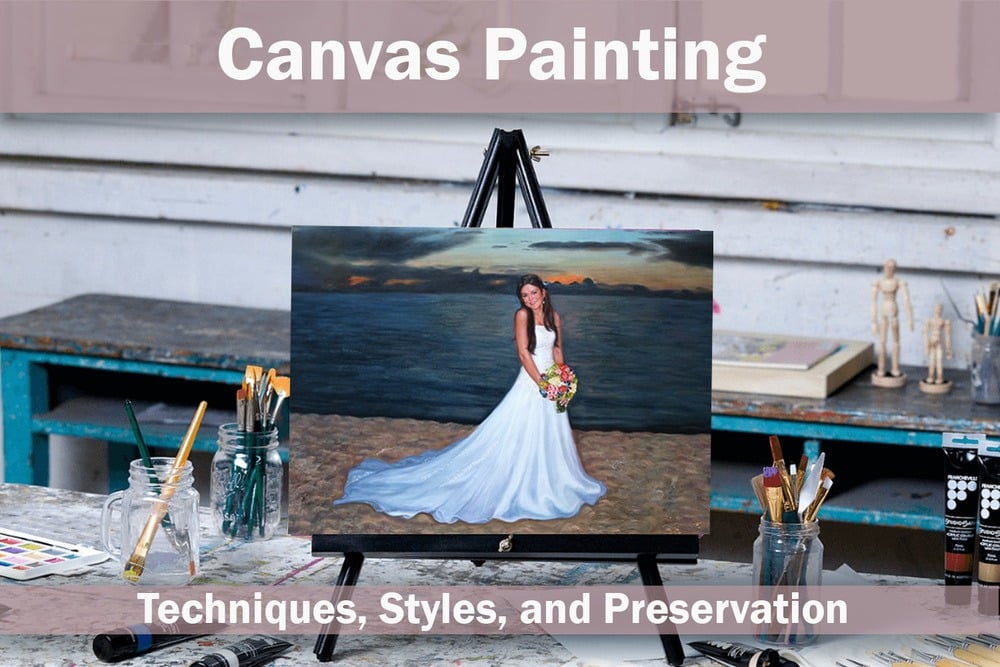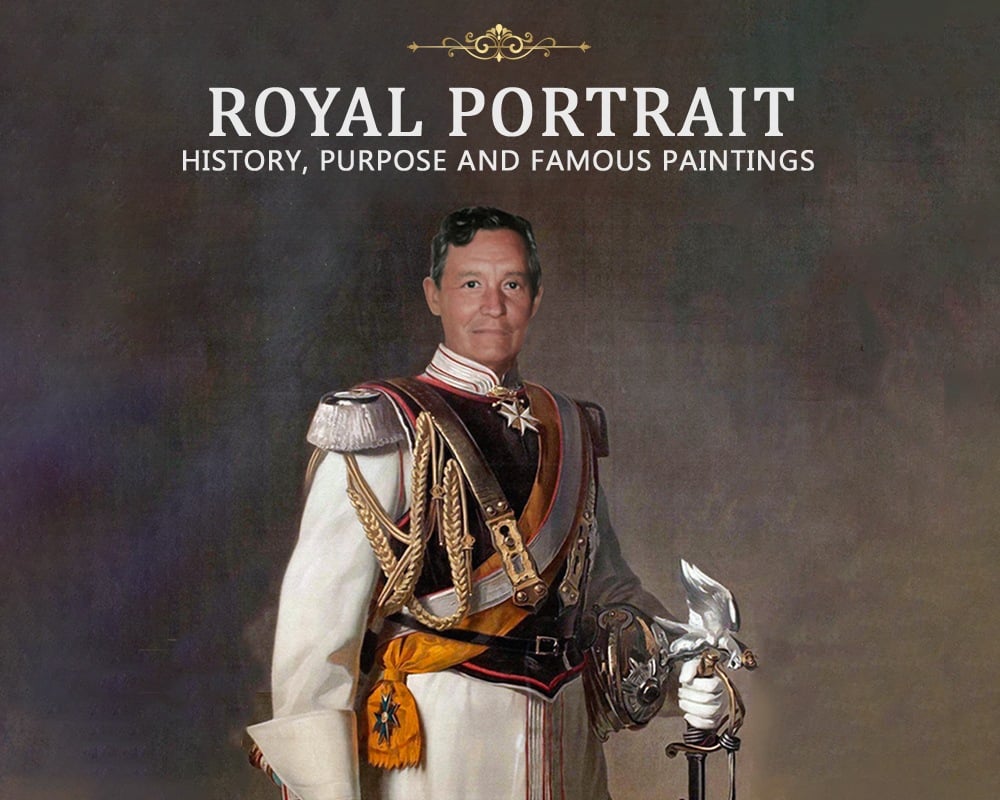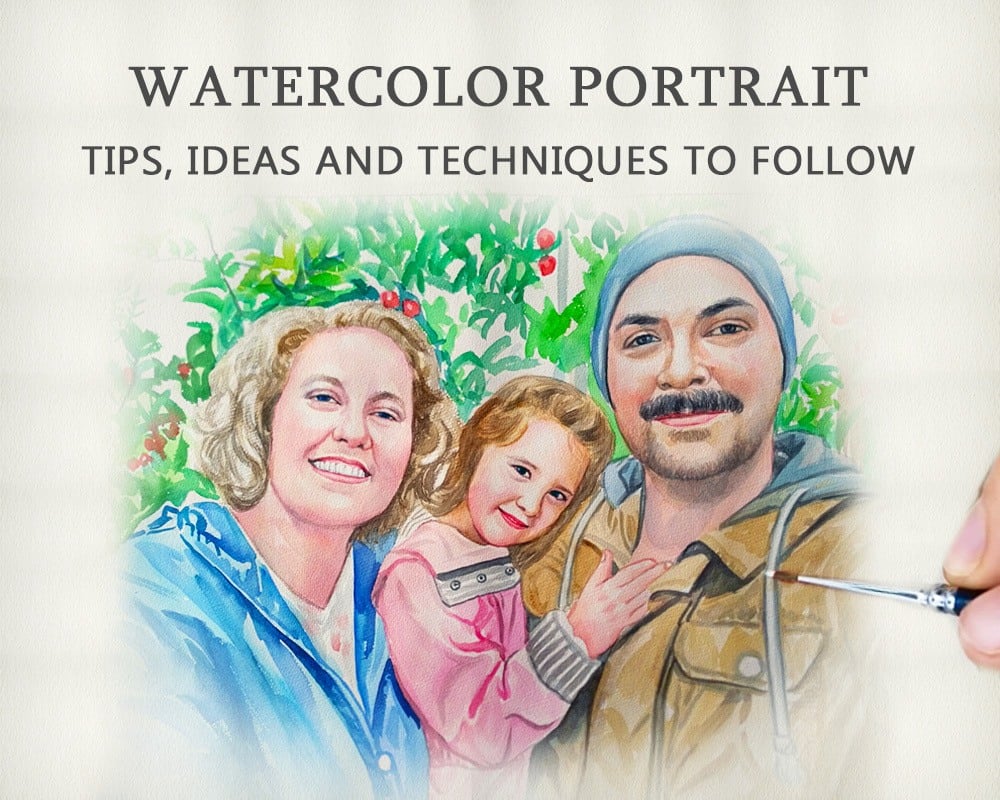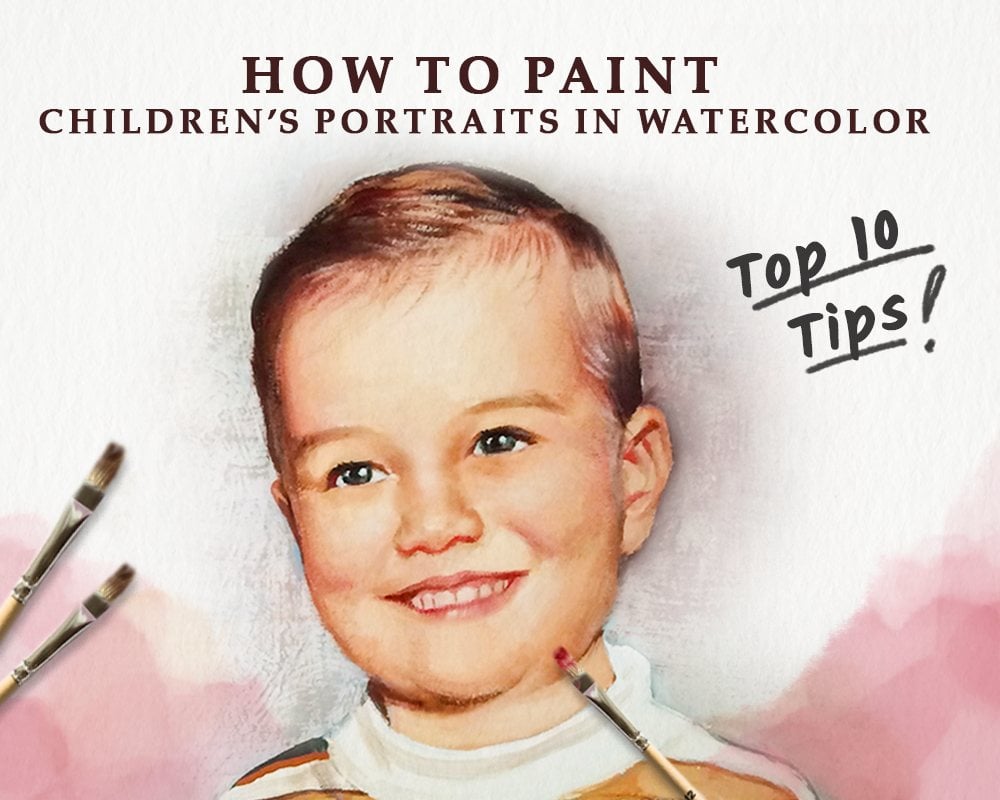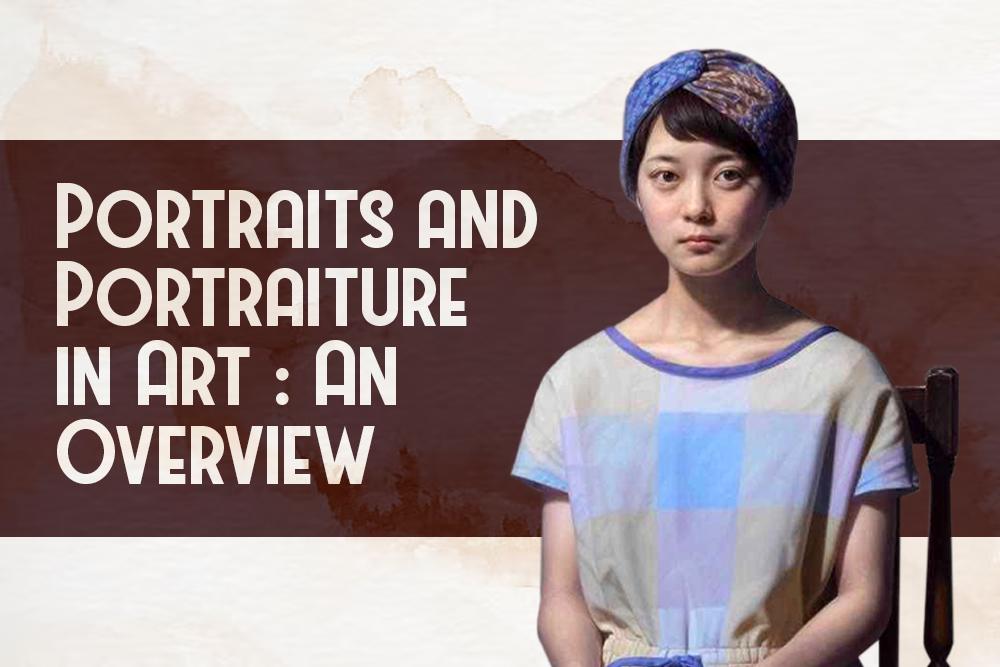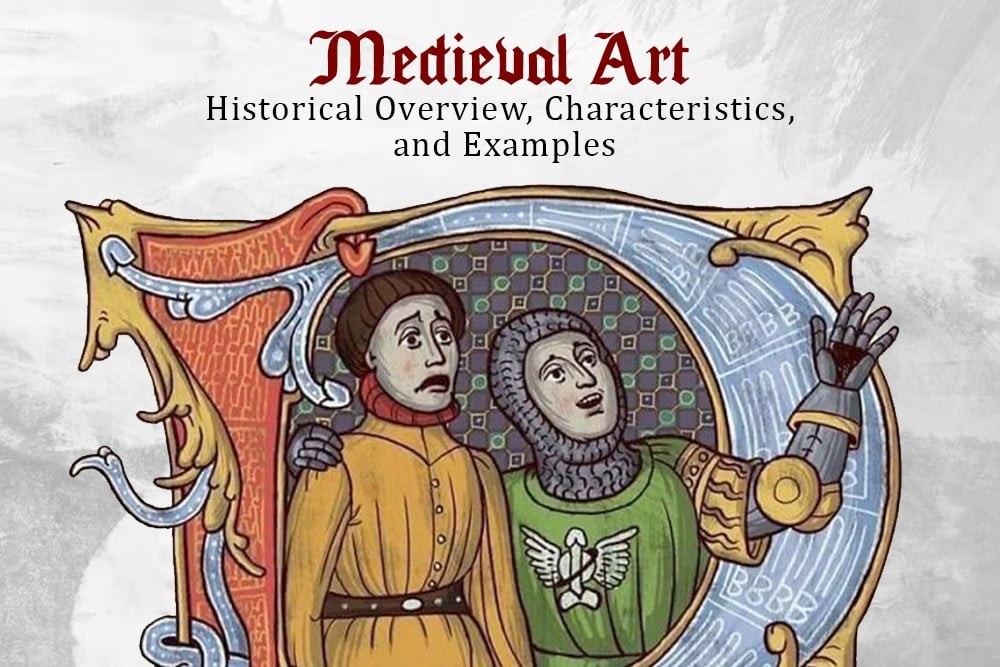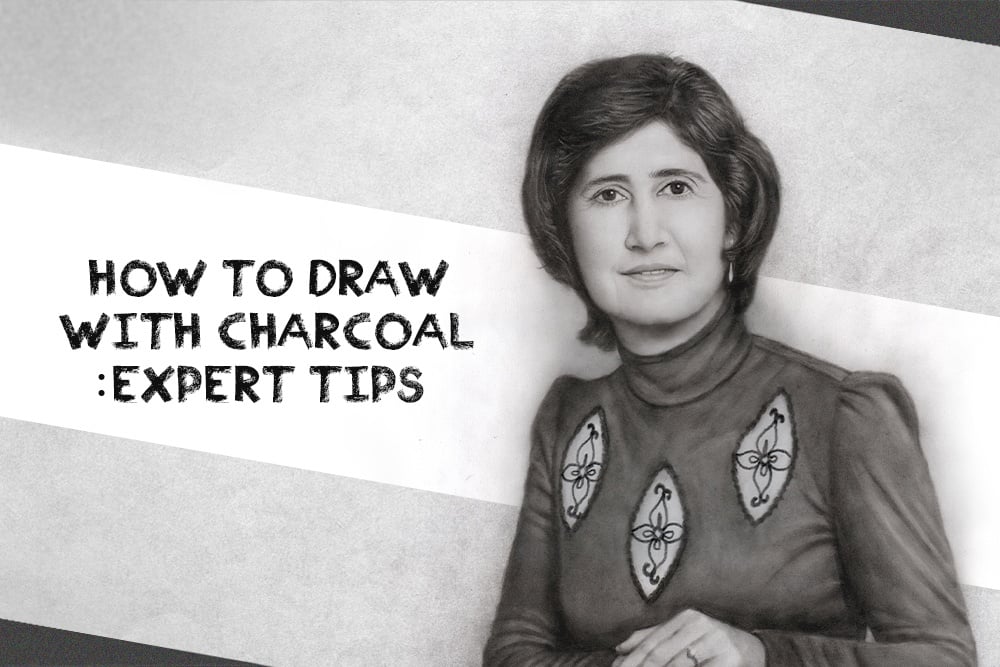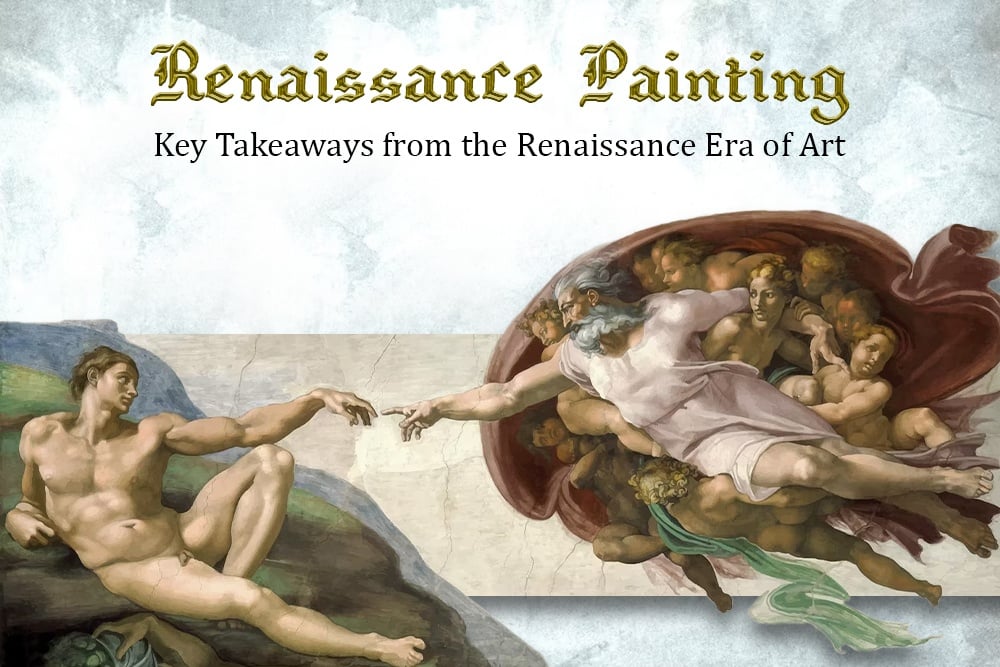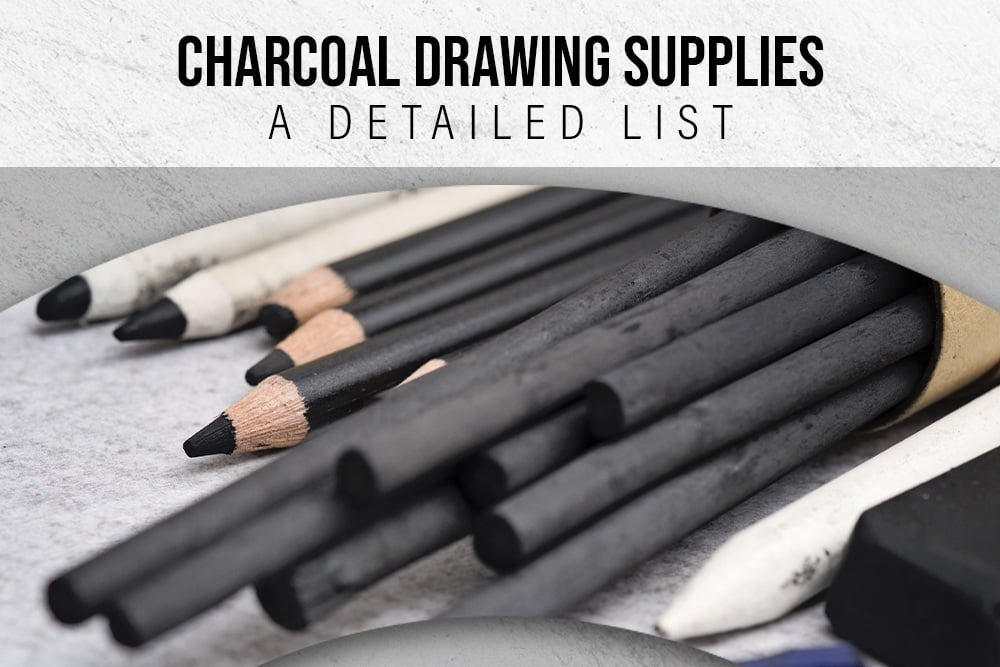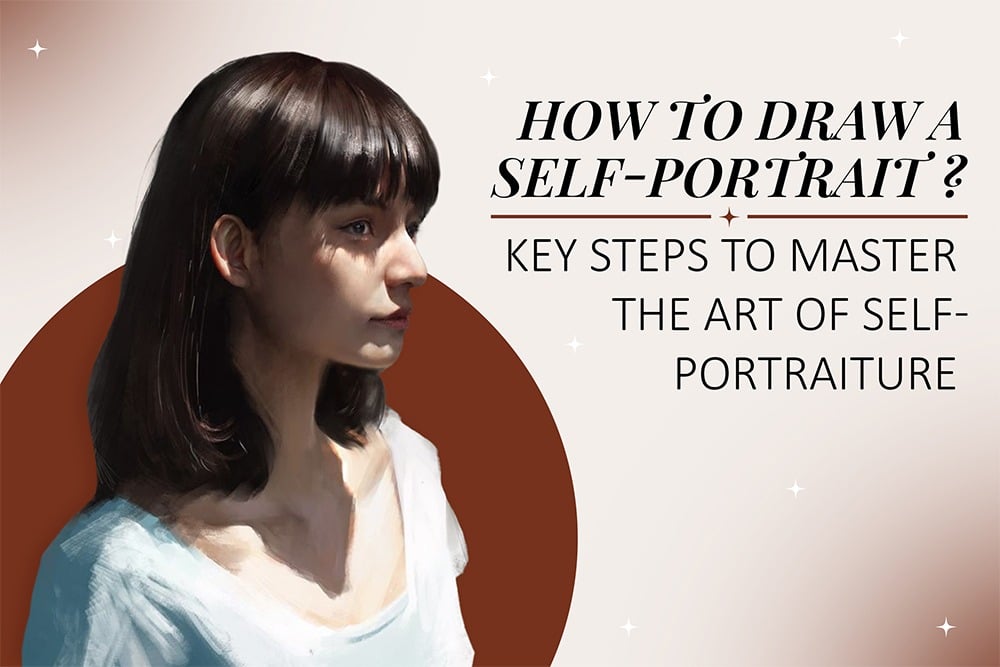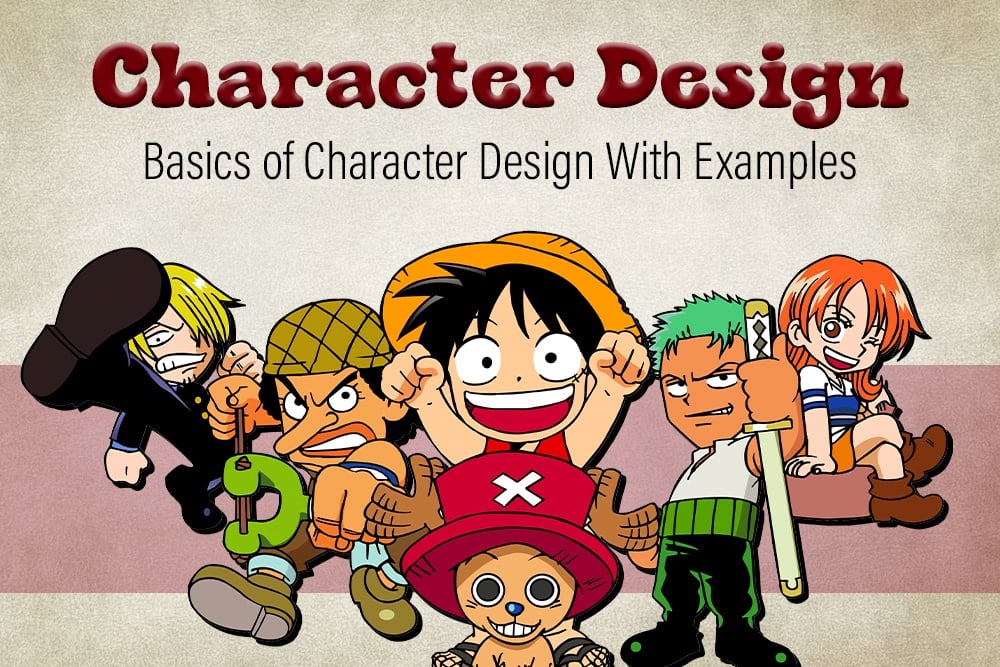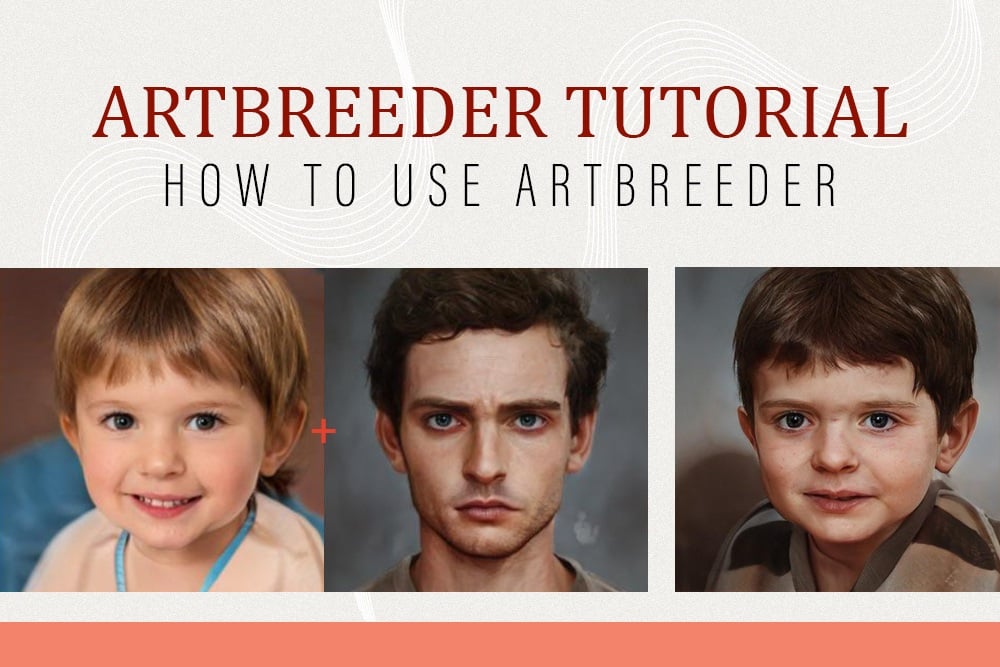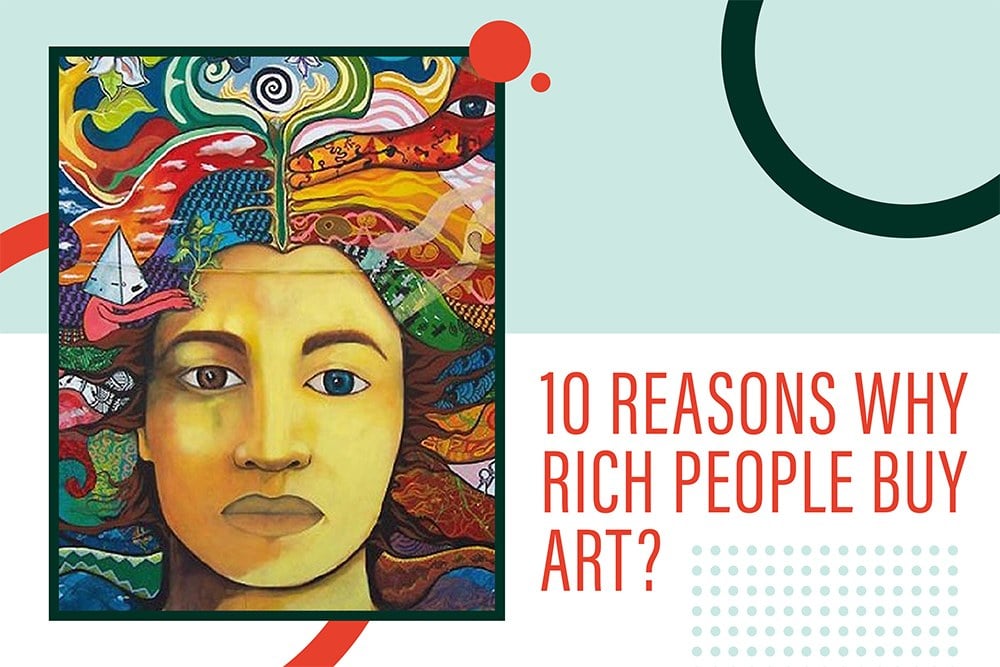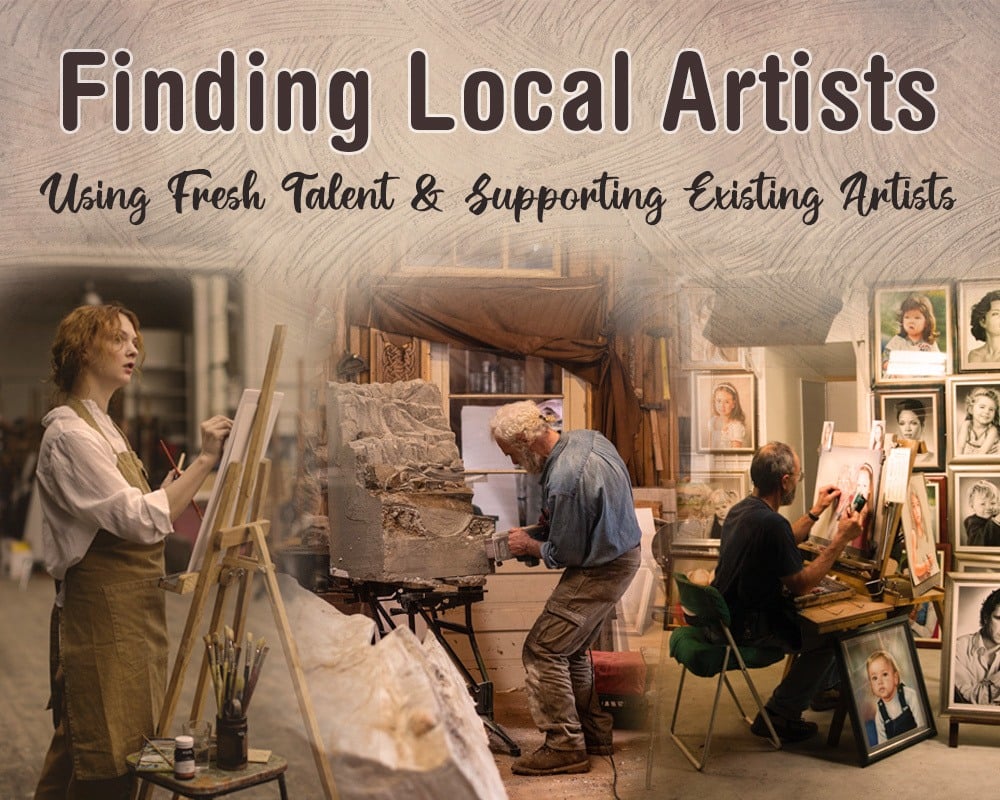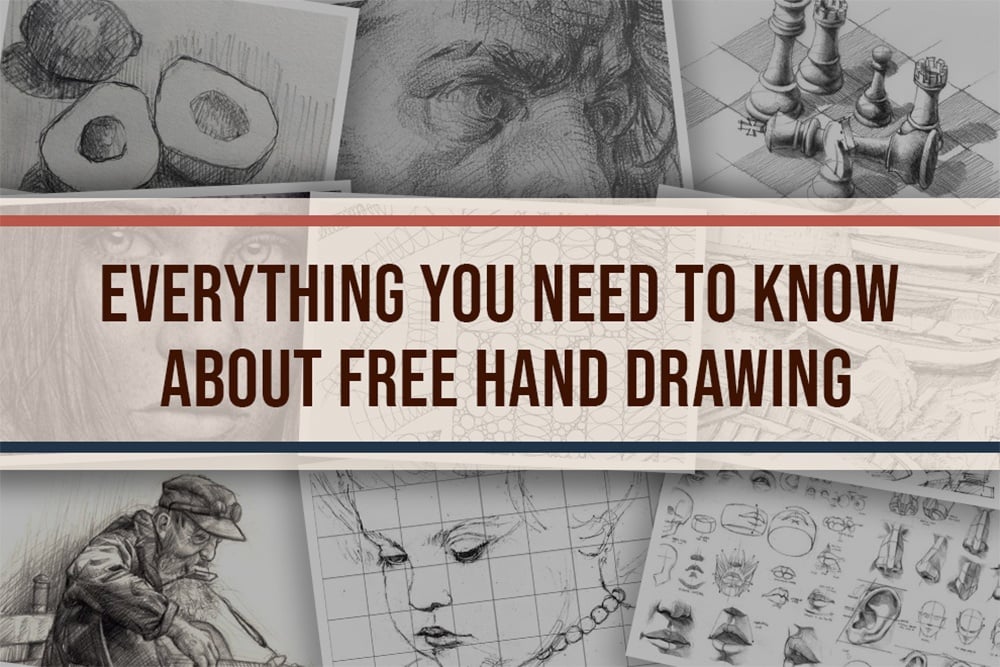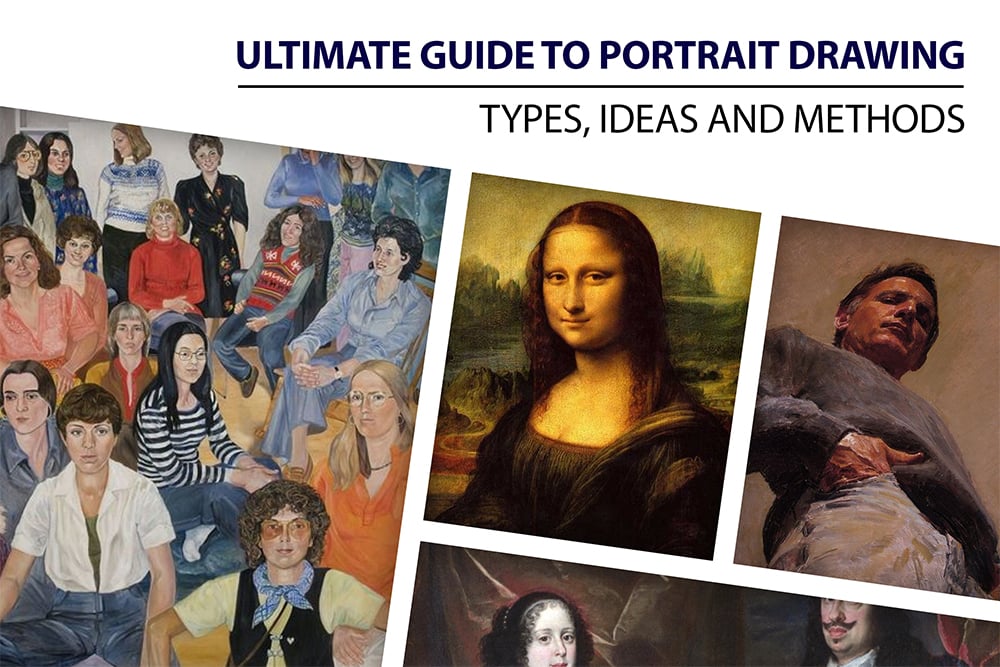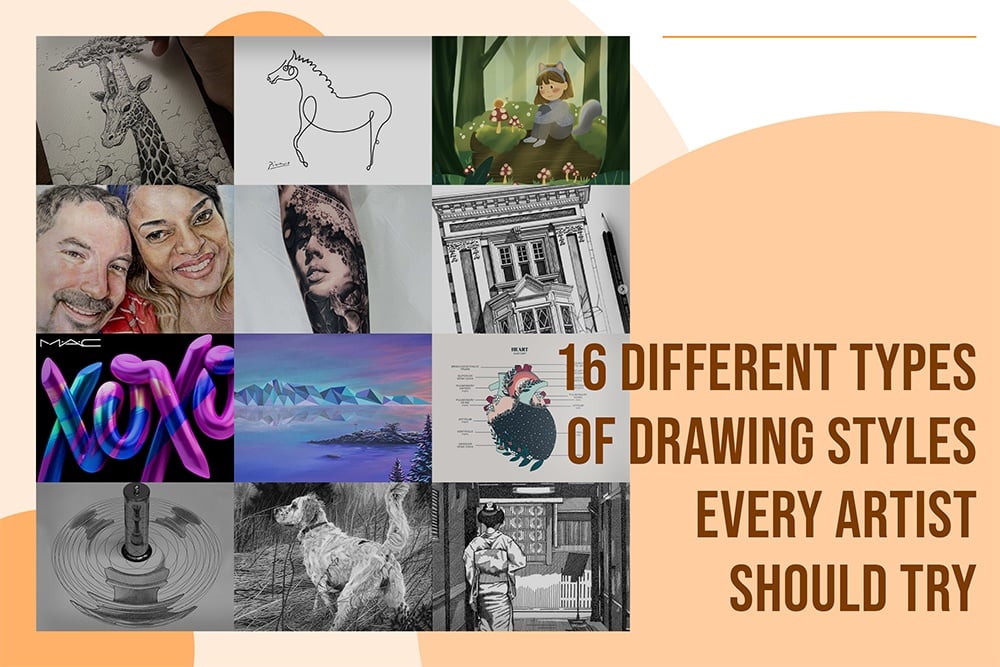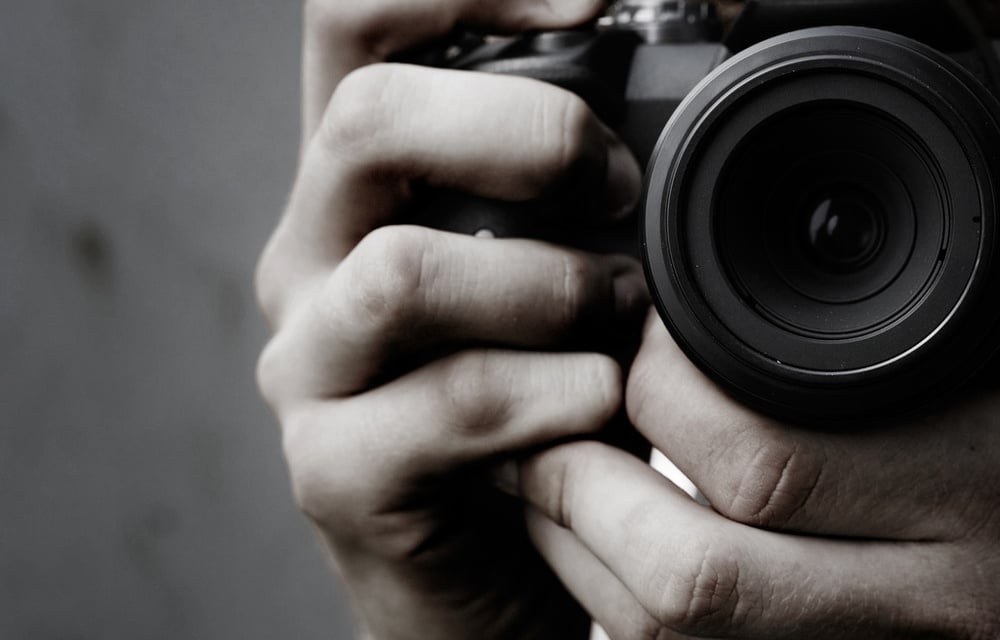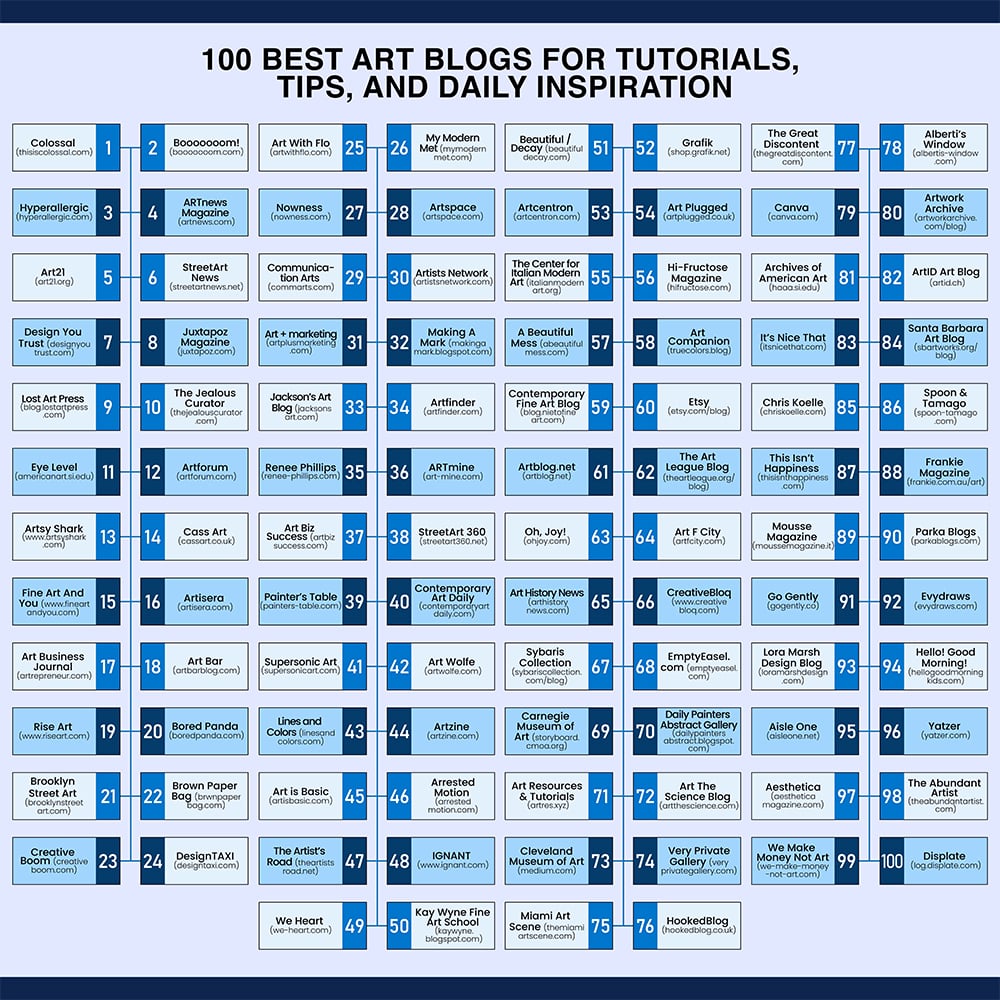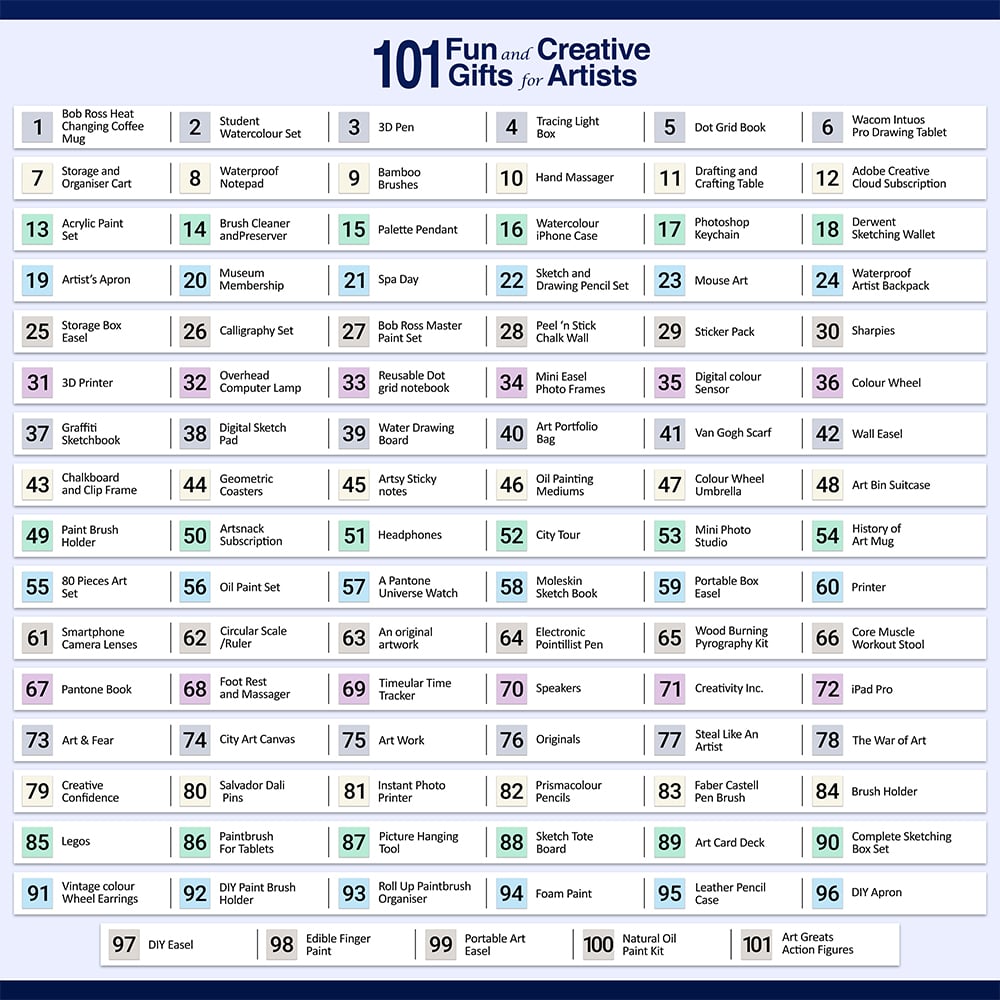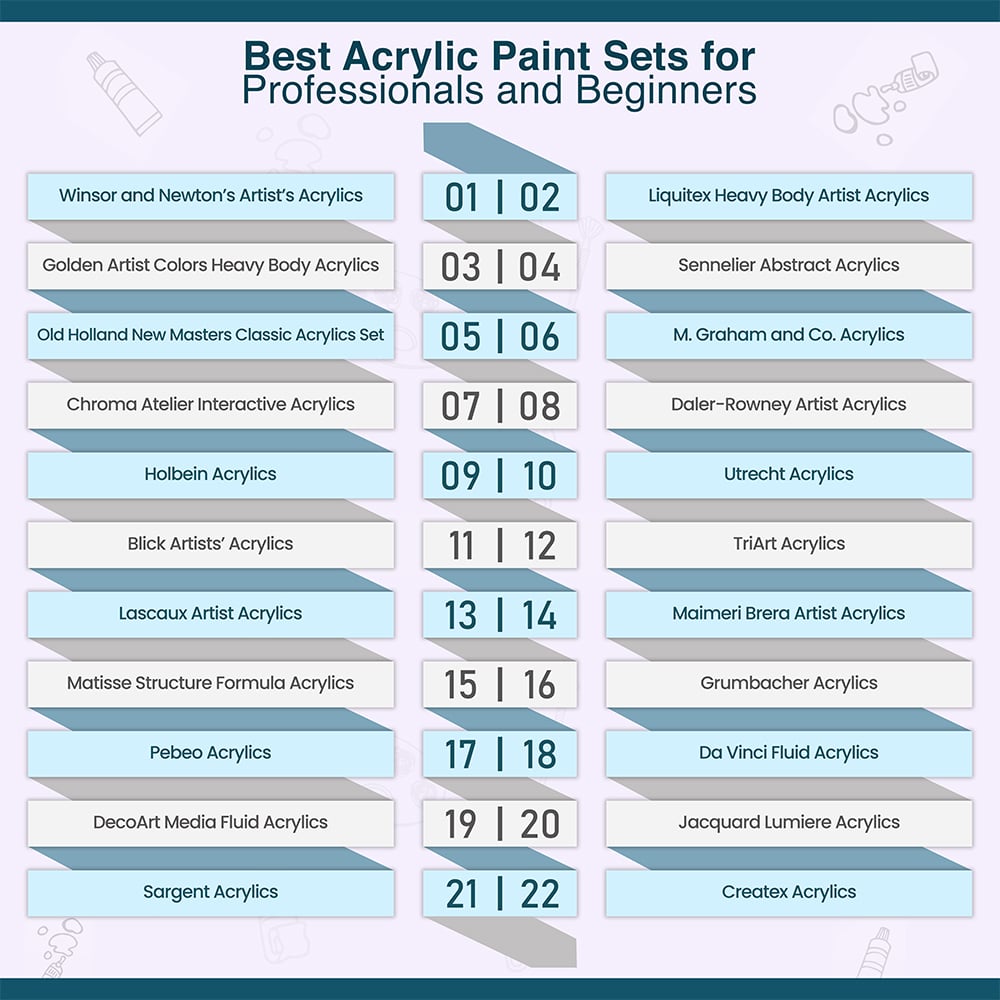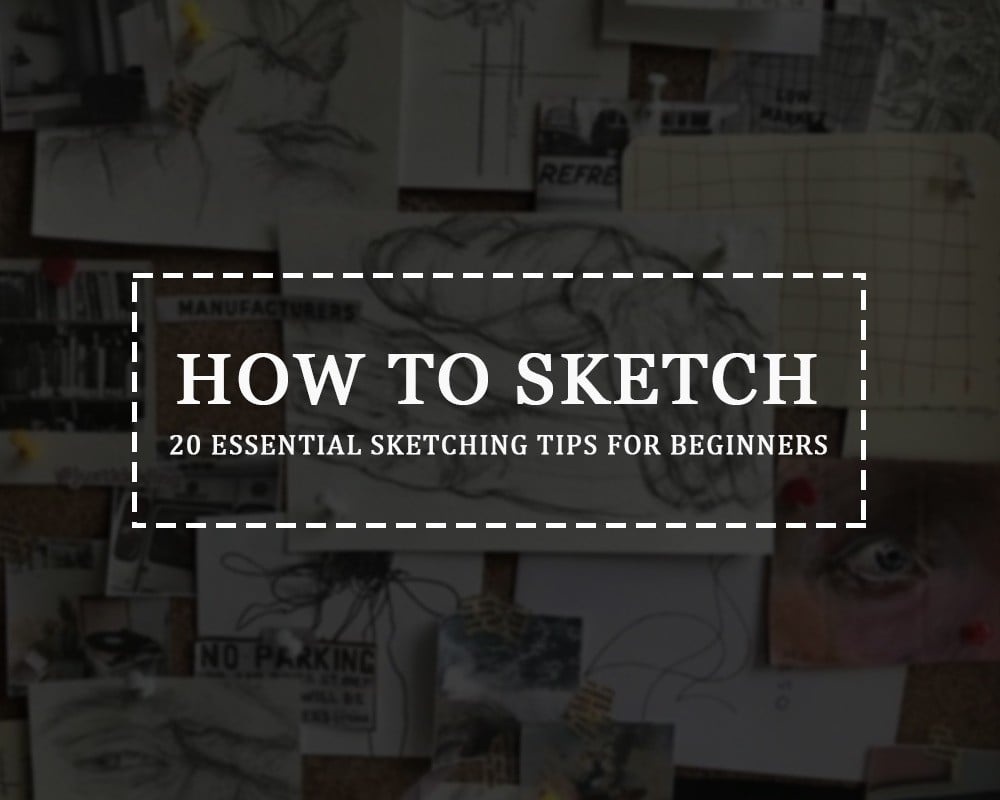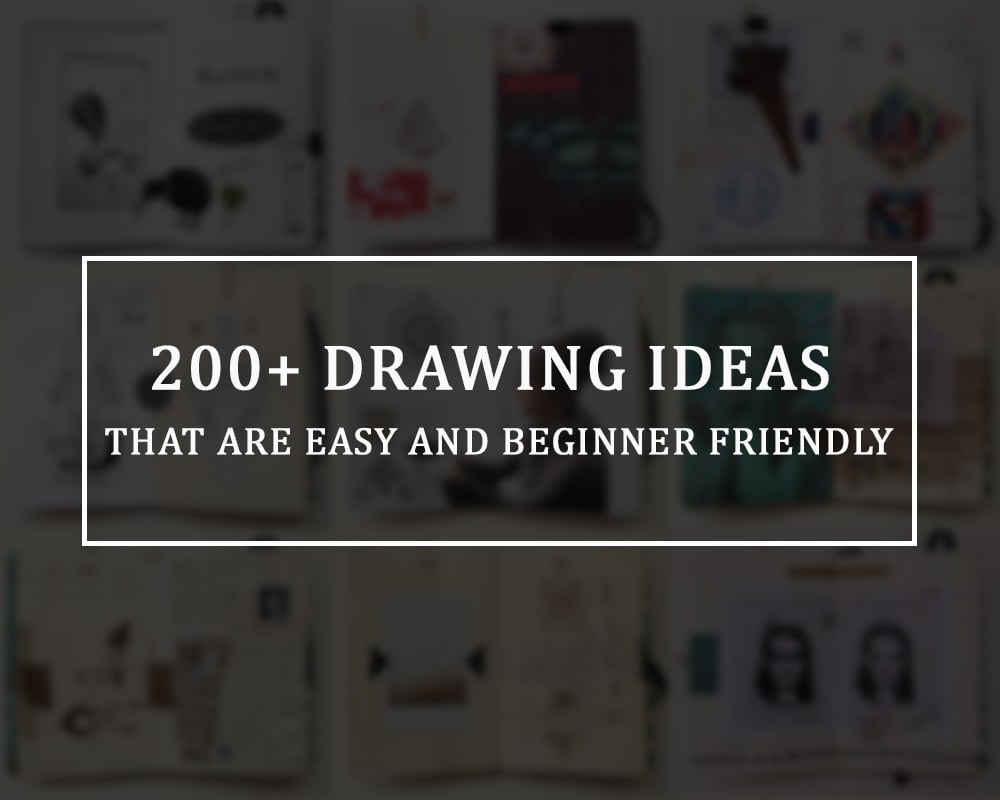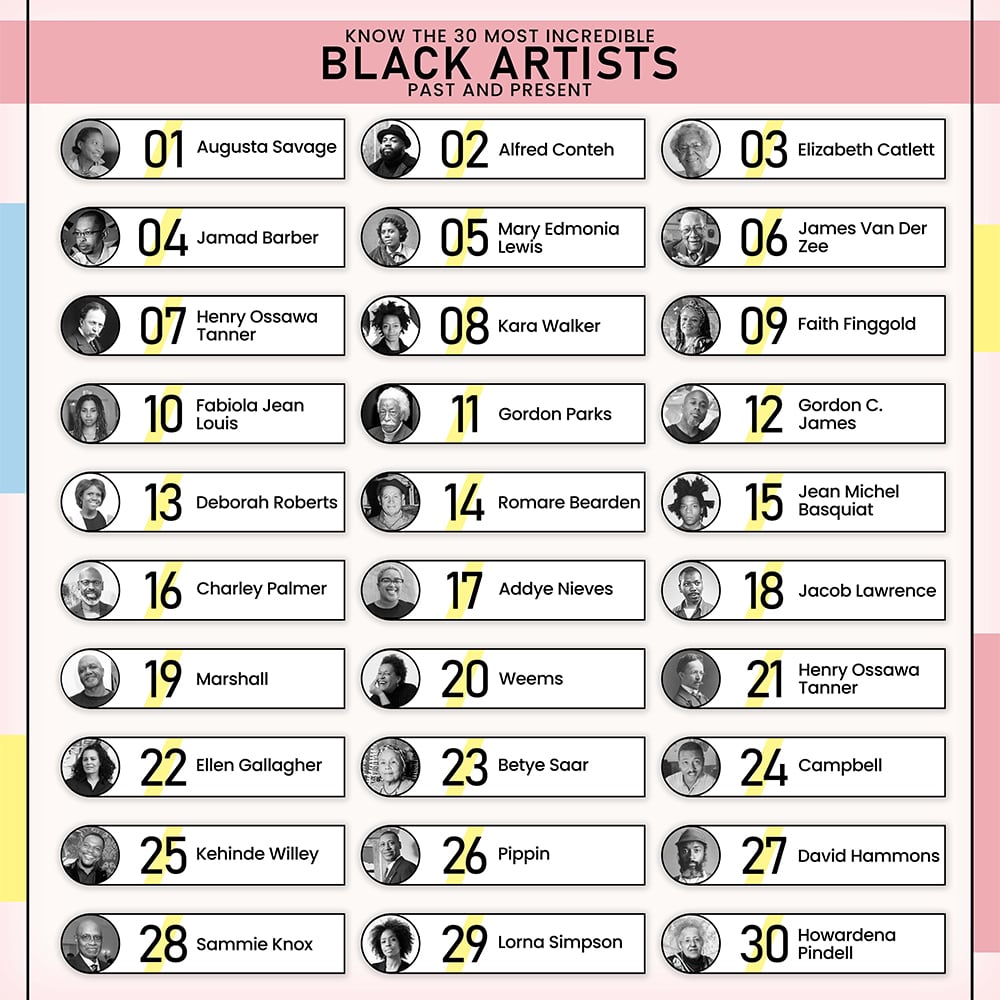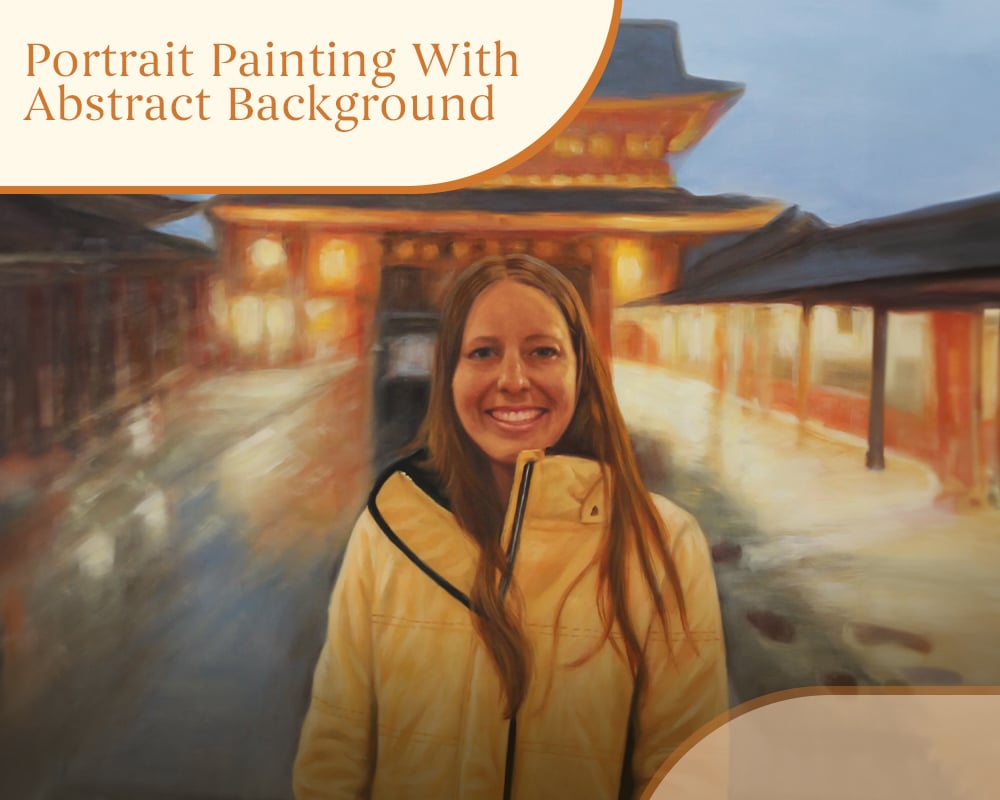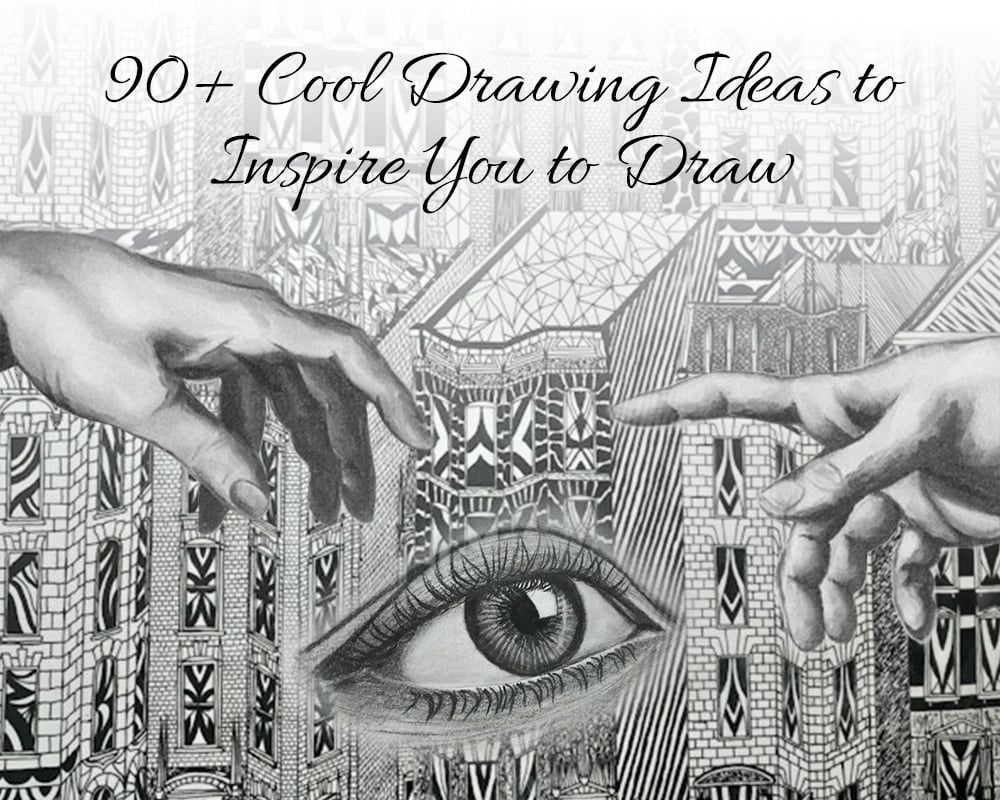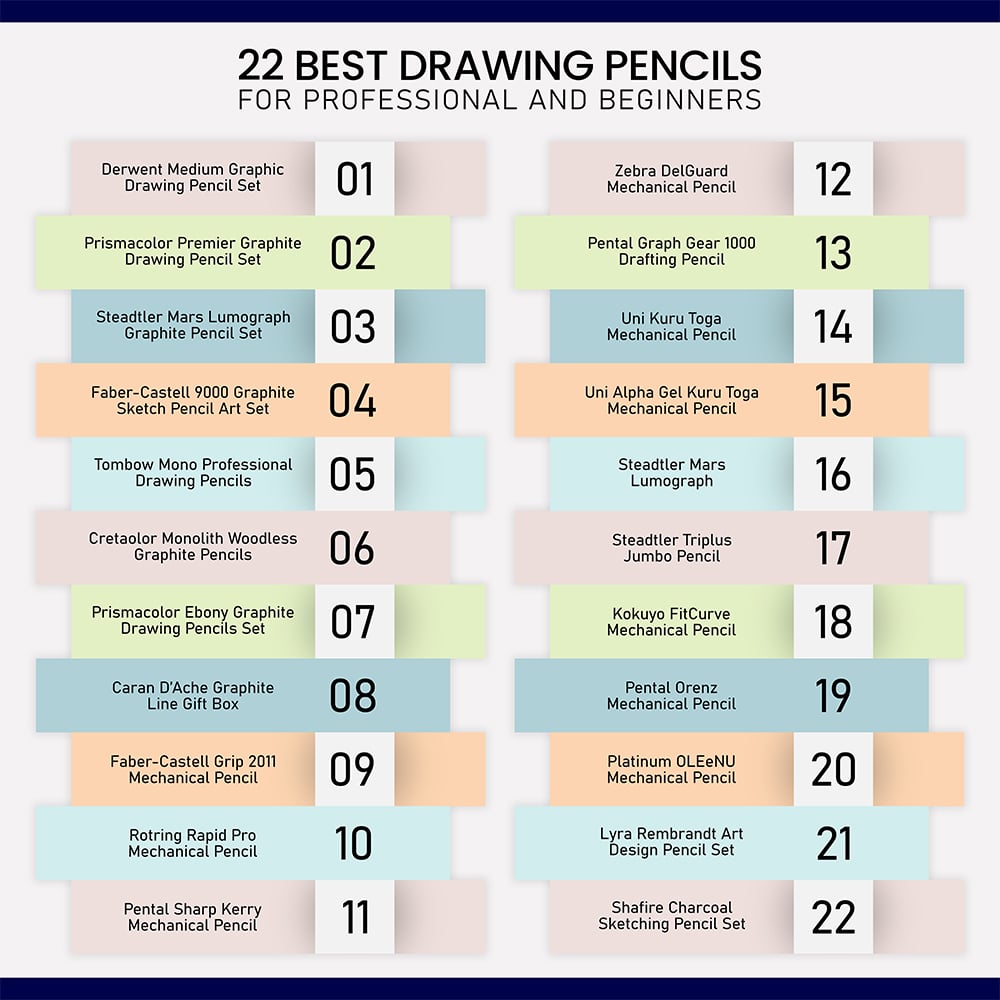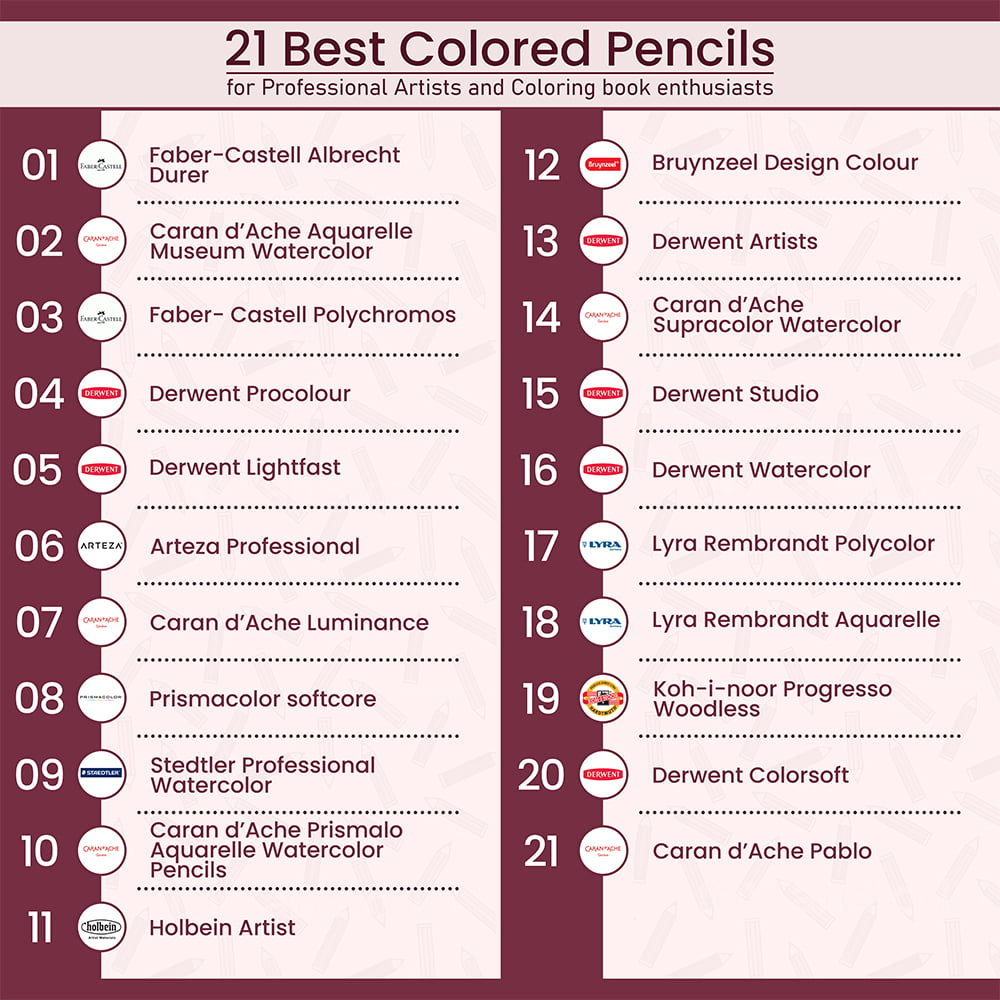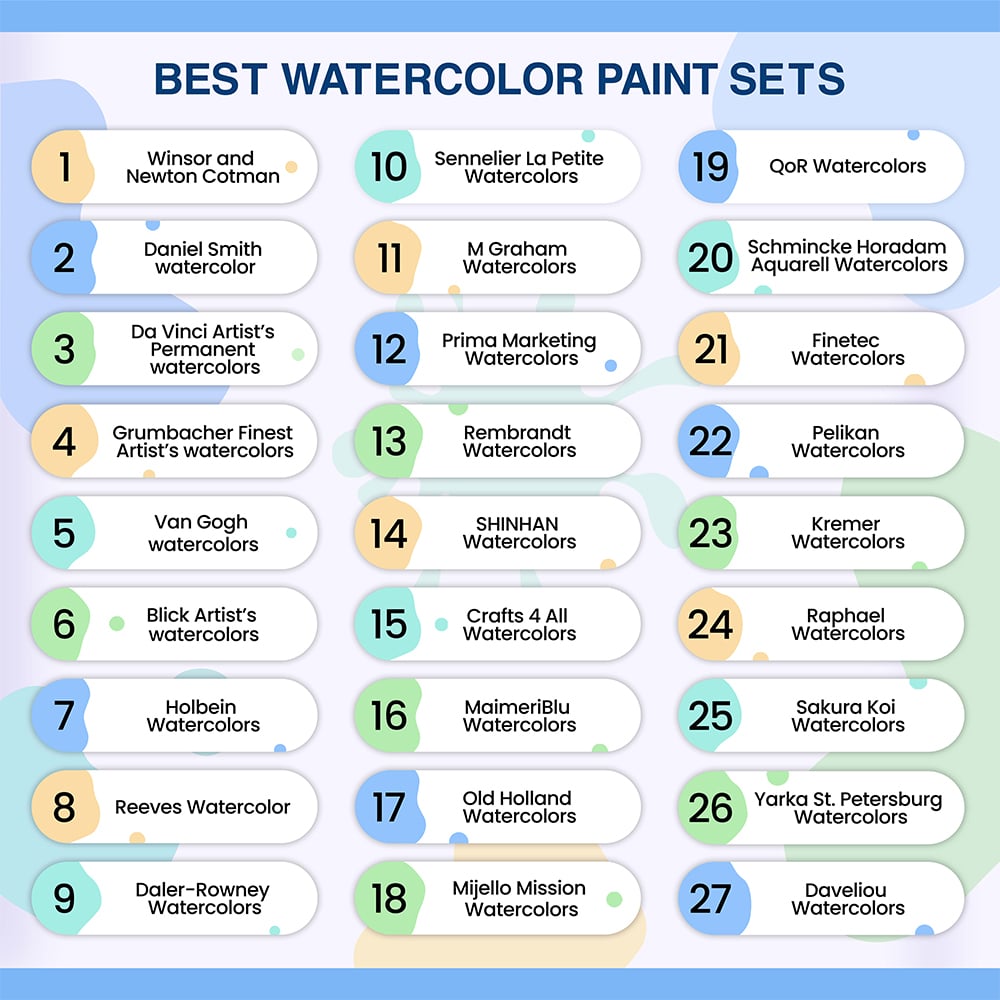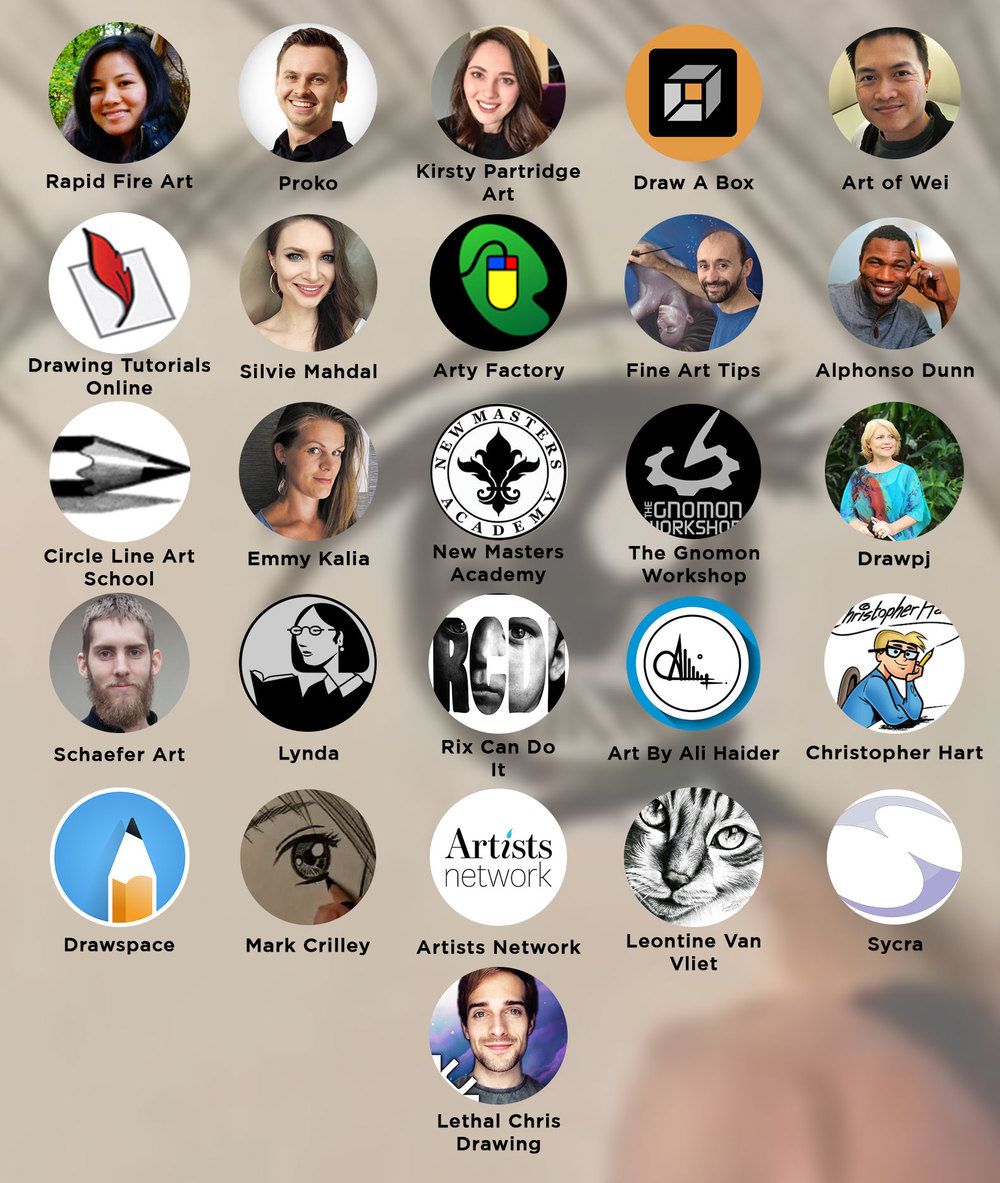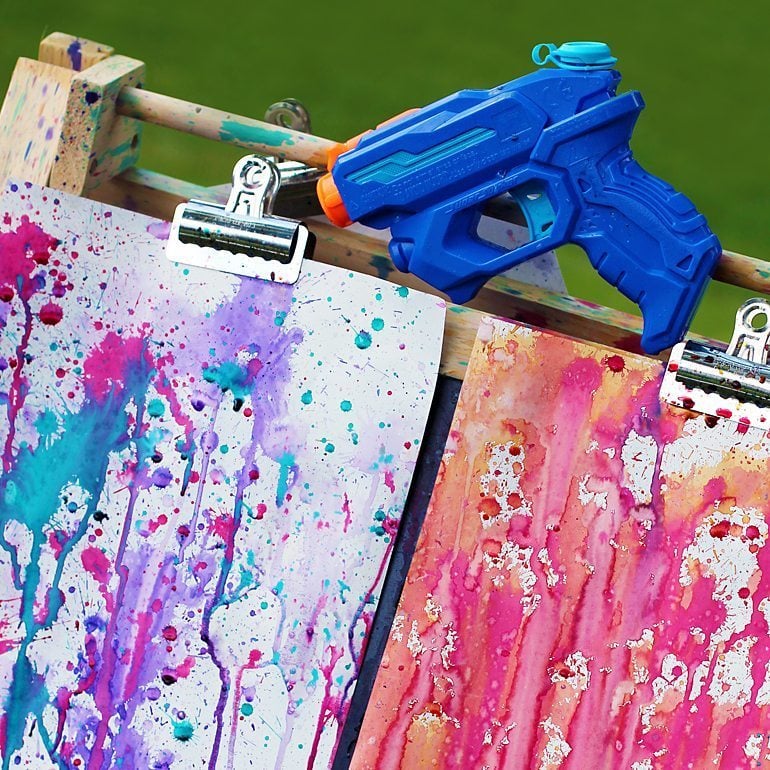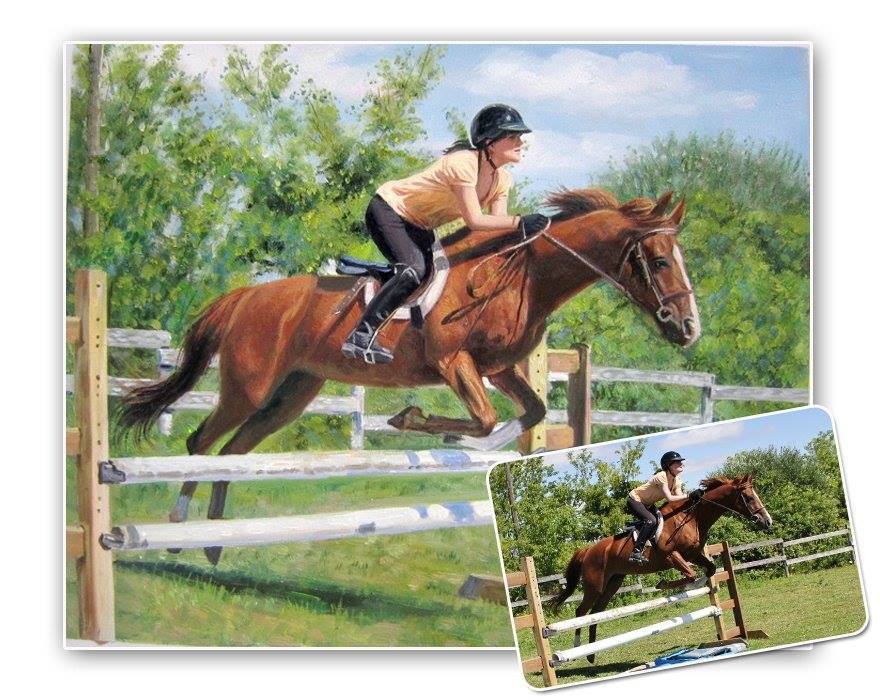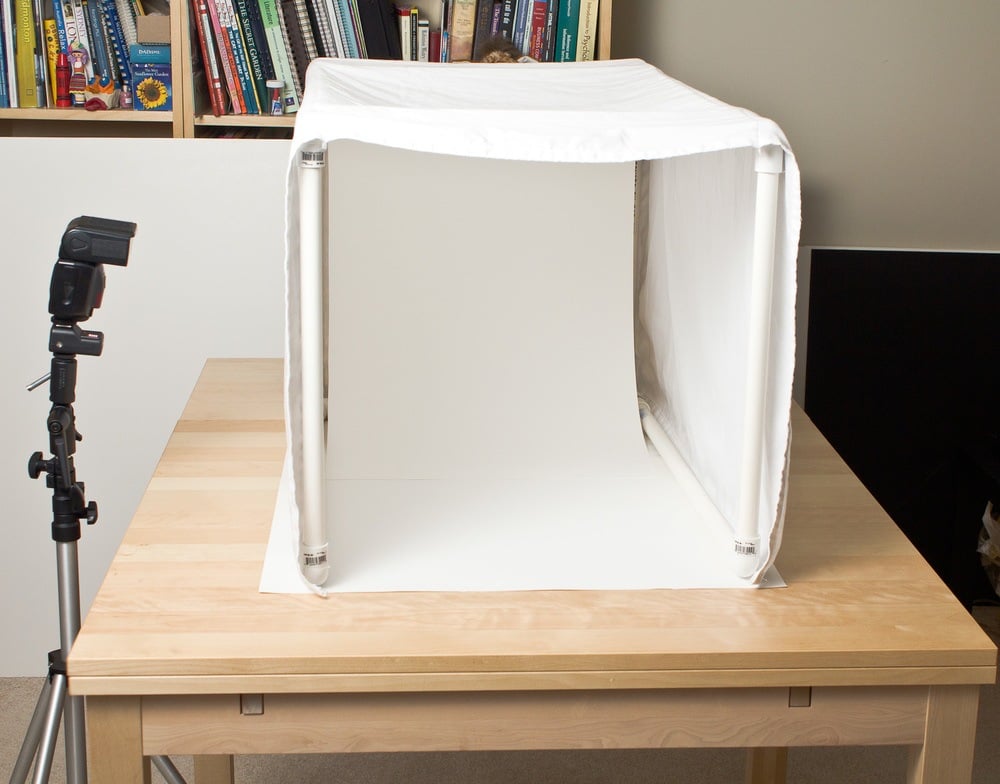I. Introduction
1. Unveiling the Foundations of Drawing
Drawing is a way of life. Drawing can be a hobby for some, a passion for others, and a profession for most people. If you love drawing, you must know one thing: that there are lots of skills you will grow with each passing day. But what is the point of this whole drawing skill generation? If you have this question, then this blog is for you; with the following part, you will master the most crucial five basic drawing skills.

Source: Google
II. The Core Skills of Drawing
1. Line Drawing Techniques
Well, to be honest, drawing ain’t easy. Line drawing is also challenging, but you should never leave anything because it isn’t easy. Life itself is tough, but we must do what we have to do! Line drawing is also like that. Many artists are drawn to line drawing as a practice because line drawing allows you to explore and understand the world around you. You might want to read - Hand-Drawn Sketch Portraits.
Hatching
You can randomly create lines with pencils or pens to create volume and shading. Draw lines that follow a curve of a line. Cross-hatching is layered hatching where lines intersect each other. The intersection will determine how dark and deep the area is.
Cross contour
Type of contour line drawing where the artist draws a series of connected lines that crisscross over the object's surface.

Source: Google
Gesture
A method to capture the essence of shape, form, or movement. In gesture drawing, artists make a series of quick sketches of the subject.
Scumbling
It is similar to hatching and stippling. The technique uses soft, irregular strokes and scribbles to create an image. This technique is often used to create texture and shading effects.
2. Understanding Shape and Form:
Understanding basic shapes and forms starts with the simplest forms like - circles, squares, rectangles, triangles, and ovals. Observe their dimensions, their interplay within a composition, and how these basic shapes form the backbone of any art. To understand better, practice more to master basic shapes and forms. If you like drawing shapes, then you should read Turn Drawing into Vector: A Step-by-Step Guide.
3. Proportions and Scale
Scale is the size of an object with other objects in a design and artwork. Proportion refers to the size of the parts of an object in relationship to other parts of the object. Understanding light scales and proportions is essential for every artist.

Source: Google
4. Shadow and Light Handling
One of the most important things to learn while learning basic drawing skills is how intelligently you handle light and shadow in any drawing. When you sketch with pencils, you will understand how important it is to decode the light and dark theory. Because, for example, you are sketching a still life, the reference photo must have color in it; you need to observe it too closely and analyze every aspect of it to understand how it may look in the black and white image, and then you will sketch the drawing.
Most of the time, artists shade lighter to represent light and shade darker to represent dark areas, or sometimes leave completely white to represent bright light. Notice how bright lights fade color until they are almost fully saturated. If you are drawing in black and white, this knowledge of color will impact the tones of your shadows and highlights.
5. Perspective Mastery
If you want to know the correct definition of perspective, let’s learn it from an example - you are standing in the middle of a road, and there are many buildings on both sides of yours. You can see till, let’s say, ten houses. But things start looking tiny after a few more buildings. You can see the tiny spots over there. The bottom line is the things you see from your position where you are, painting or sketching them on your drawing pad. The four elements of perspective that determine the level and visual angle of the viewer are - convergence lines, vanishing points, point of view, and horizon line. Some examples of perspective are -
Linear perspective
Objects appear more minor the further away they are. For example, when drawing a house with a large tree in the same distance, you would find that the tree seems smaller than the house.
Three-point perspective
When drawing a skyscraper from a worm's eye’s view, you will find two vanishing points on the horizon. You will also find a point where both points meet, which is the third point.

Source: Google
Two-point perspective
The horizon line with two vanishing points is a two-point perspective painting. William Hogarth's painting The Marriage Contract is an example of such a perspective painting technique.

Source: Google
One point perspective
Leonardo da Vinci’s The Adoration of the Magi is an example of a point perspective; every detail regarding the point perspective is visible in that painting. You should also have idea about Sketching vs drawing: what are the major differences?

Source: Google
III. Importance of Basic Art Skills
1. Building a Strong Artistic Foundation
Drawing involves creating dry marks on a surface, whereas painting involves applying wet mediums and brushes. If you learn drawing, you will build fundamental, solid concepts such as proportions, shapes, and lines. These skills create a strong foundation to help you in the long run.
2. Enhancing Creativity
You can try multiple art forms and see which suits you the best. You can experiment with different styles that set you apart as an artist. It will help you develop a recognizable style that sets you apart as an artist.
3. Proportion control
Drawing gives you greater control over proportions and scale. You will understand the key skill to observing every detail closely. It allows you to observe and capture details accurately, enabling a smoother transition in the painting.
4. Composition & Accuracy
Drawing teaches elements like shadow, light, form, and shape. Developing these concepts will directly help you achieve the accuracy of your artwork.
IV. Practical Tips for Developing Drawing Skills
1. Consistent Practice
Consistency practice can have many benefits, such as
- Creative benefits
Drawing can improve creativity and imagination. It can also help people explore new ideas, experiment with various styles, and visualize through their thoughts and concepts.
- Cognitive benefits
Practicing drawing daily will also help in brain development and helps strengthen cognitive abilities. It can also increase intuition and produce positive brain chemicals such as dopamine, serotonin, and norepinephrine.
- Physical benefits:
Drawing can improve fine motor skills, and hand-eye coordination and also increase concentration.
2. Observation Techniques
You should have excellent observation skills if you want to be an artist. You can not draw things if you never notice them closely. Some techniques you can use for observation, such as -
- Look closely at your surroundings. Go out and start painting whatever you can see within your area. By practicing such a way, your observation ability will increase.
- Try making circles fast without judging the precision; this may help improve your agility and position.
- Notice color variations, and you can even use a hand magnifier to look more into the details of colors.
- Graphite pencil and fine-tip pens can be good tools to practice and observe things.
- You should also consider studying angles and lines, and this is how you can increase your observation abilities.

Source: Google
3. Utilizing Online Resources
There are tons of online resources available if you want to learn drawing. Here, you will learn about some great resources you can use. Read to know more about them.
- edX
Harvard University and Massachusetts Institute of Technology (MIT) created this online short course provider platform. The site has enormous courses that students can learn without cost, but there would be additional fees if they want certificates. It has courses from all over the world - from Stanford to Cambridge. You can even find various art-related courses on this platform.

Source: edX
2. London Drawing Group
Three contemporary artists currently practicing in London curate the group. They have created a group of individuals with the same interest in art. In this platform, they provide one to two-hour-long live drawing sessions about painting practices. You should also learn more about NFT Art Creation Guide: How to Make and Create NFT Artwork.

Source: London Drawing Group
3. Domestika
Domestika is a platform that provides excellent lectures and sessions regarding a broad range of creative areas, from fashion design to architecture to digital painting; the number is endless. You can utilize such websites for your practice value. They even provide live sessions with practical examples.

Source: Domestika
4. Creativelive
Creativelive has lots of classes regarding art and creativity with fees included. You can check their wide range of courses with HD lectures and sessions that have divided various art forms, mediums, and how to use what kind of paint on where.

Source: Creativelive
5. Udacity
This e-learning platform consists of various creative courses in creativity, art, and design. You can check their long list of short courses available. It is highly rated for its student support, one-on-one mentor help, and peer chat.

Source: Udacity
V. Answering the Question: What Are the Five Basic Skills of Drawing?
1. Line, Shape, Proportions, Shadow, and Perspective
- Lines are the unsung heroes of the art world. They work like silent architects who form the backbone of any art. Whether it is the rigid discipline of straight lines, beautiful curves, or the rebellious zigzag and waves, each has a unique value for a concrete drawing. Contouring is the magic trick of drawing. It’s about sharpening the edges of a drawing, and it adds a natural texture to your drawing.
- The basic shapes such as circles, spheres, ovals, squares, rhombus, rectangles, and triangles, you should atleast have an idea about all these basic shapes out there. Because you want to draw or paint, how else should you know about the essential skills?
- The skill of proportion comes with keen observation. You have to become a great observer. For instance, if you are drawing a human figure, you need to observe human anatomy closely. If you observe things finely, you will understand how every line and point makes a whole figure. But having control over proportion comes with practice only. You have to practice nicely to get this.
- The real key lies beneath the magic of light and shadow. Because you will be drawing what you saw with your eyes, you can see shadows and lights clearly, and now, when you are drawing any sketch, you will surely want to add details to the art, which you can do with simple light and shadow. Remember one simple thing: if you use pencils for sketching, do dark shades for the shadow area and leave the place where you want to show lights, or you can shade them lightly. The same theory applies to color painting, too.
- Remember perspective while drawing. It gives your painting, drawing, or sketch depth, illusion, and negative spaces. It ultimately makes your artwork more engaging and adds a touch of realism. Practice drawing ordinary objects or architectural scenes using different perspectives (exercises will be discussed in the part of this paragraph below).
2. Exercises for Each Skill
Exercise for line drawing
- The first exercise sounds easy, and you can try it. Make two dots on your paper and try to connect them with a line; do not use a ruler. You will see that initially, you won’t be able to join the two dots with a line exactly. It will need to be exercised daily. You can also create two parallel lines parallel to each other. This will train your timing and pencil grade control.
- Take pencil and paper and start sketching whatever shape you think of round, square, rectangle, triangle, oval, etc. If you don’t know some basic shapes, you can research them, take some reference images, and practice them daily.
- Finding the middle point between two objects with your eyes is an excellent practice to learn proportion control. In this exercise, draw two lines parallel to each other just a few cms far away. Now, try to draw a line between two lines. Now, try to draw those lines farther away from each other and practice it daily.
- Place a lamp; now position a simple object next to the lamp; it can be a ball. Observe how the light interacts with the object and creates shadows. Then, try to draw the object and its shadows. You can mark the direction from where the light source is. The side of the object from where the light is coming will be lighter in shade or color, whatever you use for your art.
- Draw a point in the middle point of your paper, then try to draw geometric basic shapes around it. Draw lines from each corner to the vanishing point. You can practice one-point, two-point, and three-point perspectives also for a better grasp of perspective understanding. You can also draw a cube from a point perspective. Make sure the corners are 90 degrees. Then, connect the corners of the visible side to the vanishing point. You must decide how deep you want the box to be; now, sketch the distant edges. Connect the distant edges to the front edges.
VI. Building upon Basic Skills
1. Transitioning to Advanced Techniques:
Take workshops or different classes to transition to advanced techniques and skills. Various skill levels are available for art learners, such as oil painting, acrylic painting, still life sketching, oil pastel drawing, watercolor, etc. These advanced techniques will help you understand which art medium best suits you.
2. Practice
As we all know, practice makes one perfect, but it doesn’t necessarily need to be perfect because nothing is perfect. Make drawing your habit. You can fill your drawing book with several different art. You can also draw arbitrary things, circles, and faces.
3. Learn from others & take inspiration
Observe other artist's works very closely. Whether simple line drawings or painting, whatever form you like to experiment with the most. You can quickly learn from your surrounding environment and nature.
4. Try new tools and styles
Try to experience various art and painting styles. You can use new tools; for instance, you can start with oil painting or acrylic painting and try to use a palette knife for painting. It may sound like a complex subjects initially, but just try it. There is nothing perfect in art. So, shove that thought off if you feel like you can not draw perfectly.
VII. Conclusion
The bottom line is that you have to practice art. Practice daily because you like to paint and want to make a future from it. As discussed above, you must initially learn lines, basic shapes, proportions, too many shadows, and perspective. If you start learning these five skills first, you will later understand how vital these five skills are.

